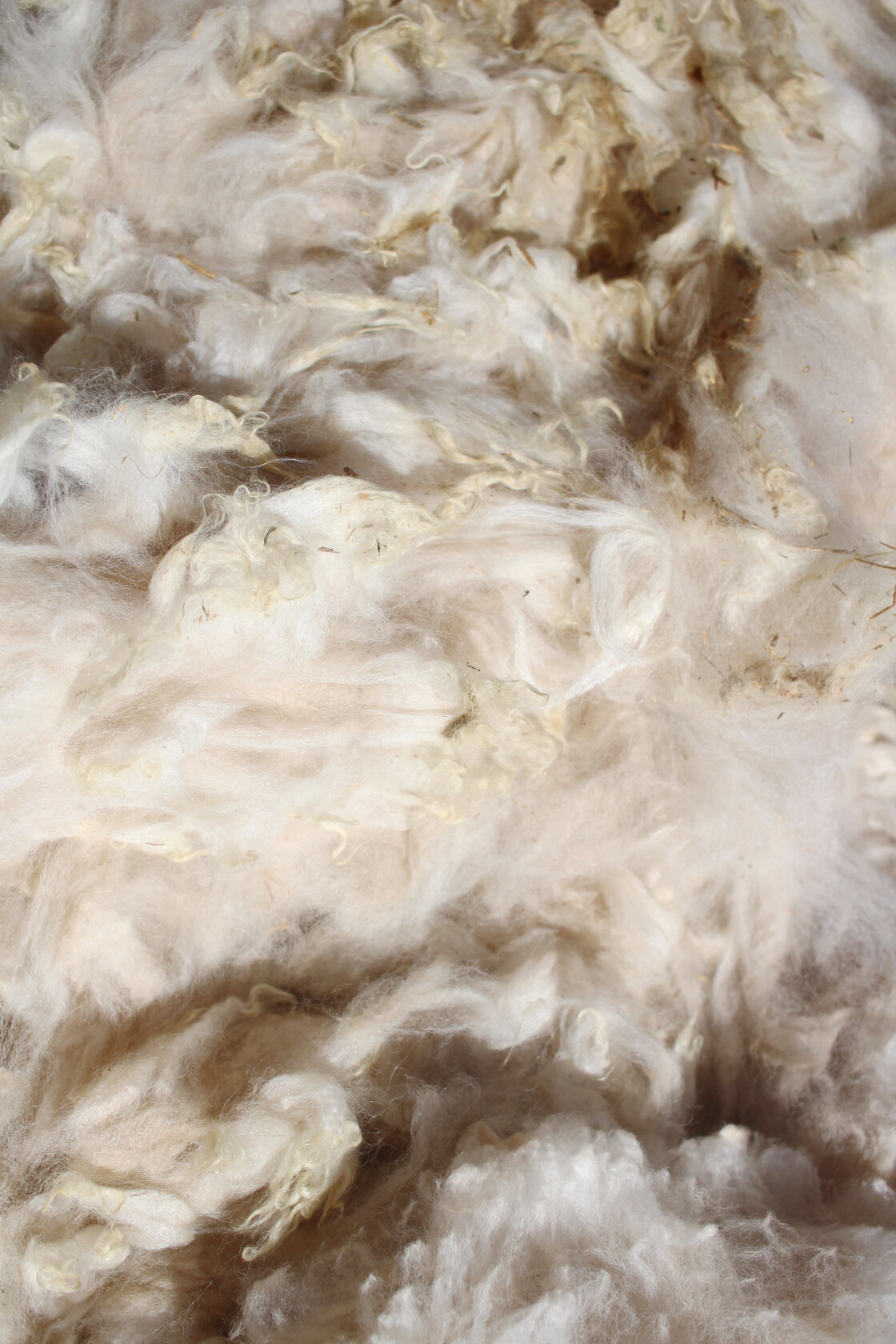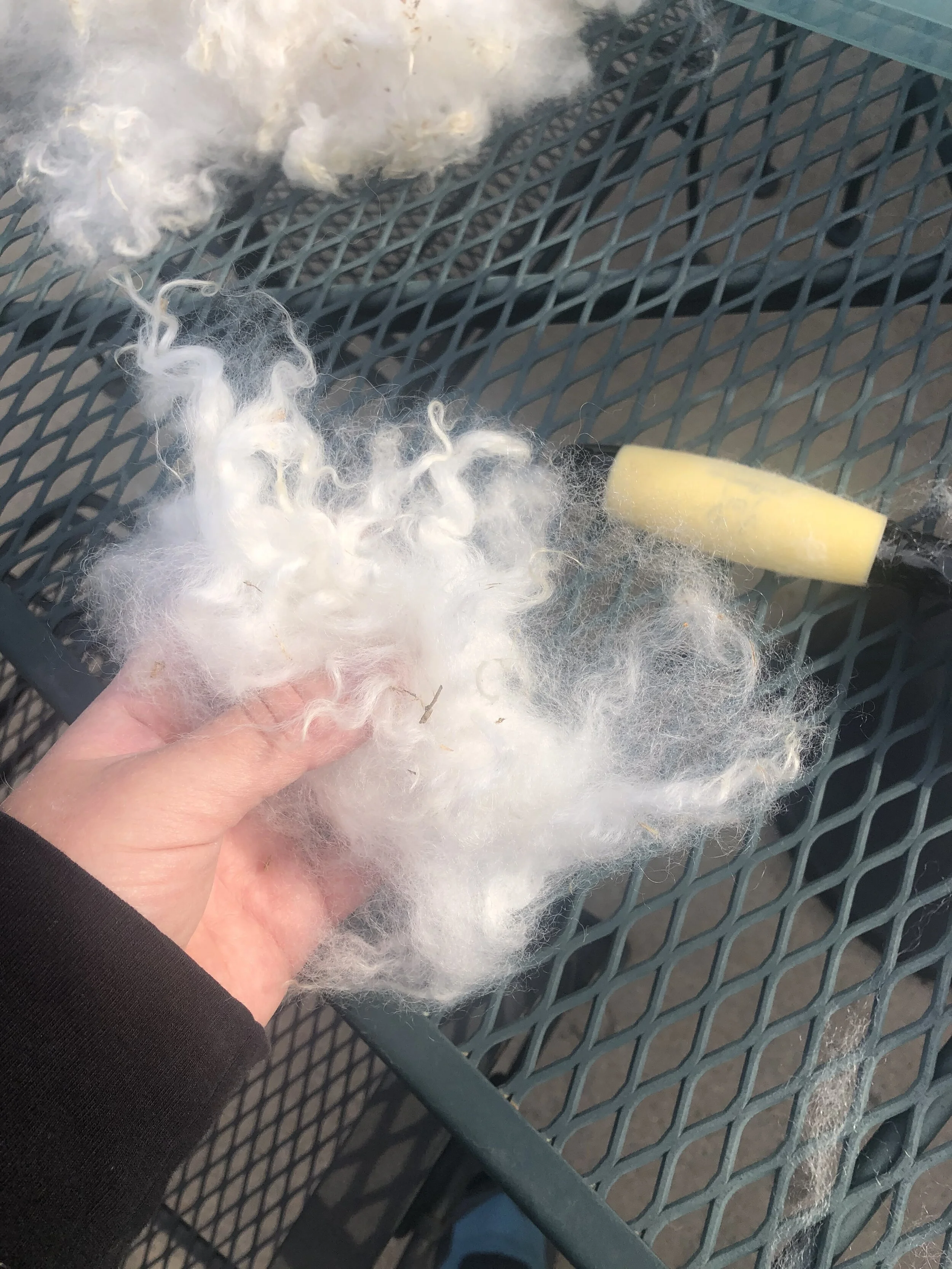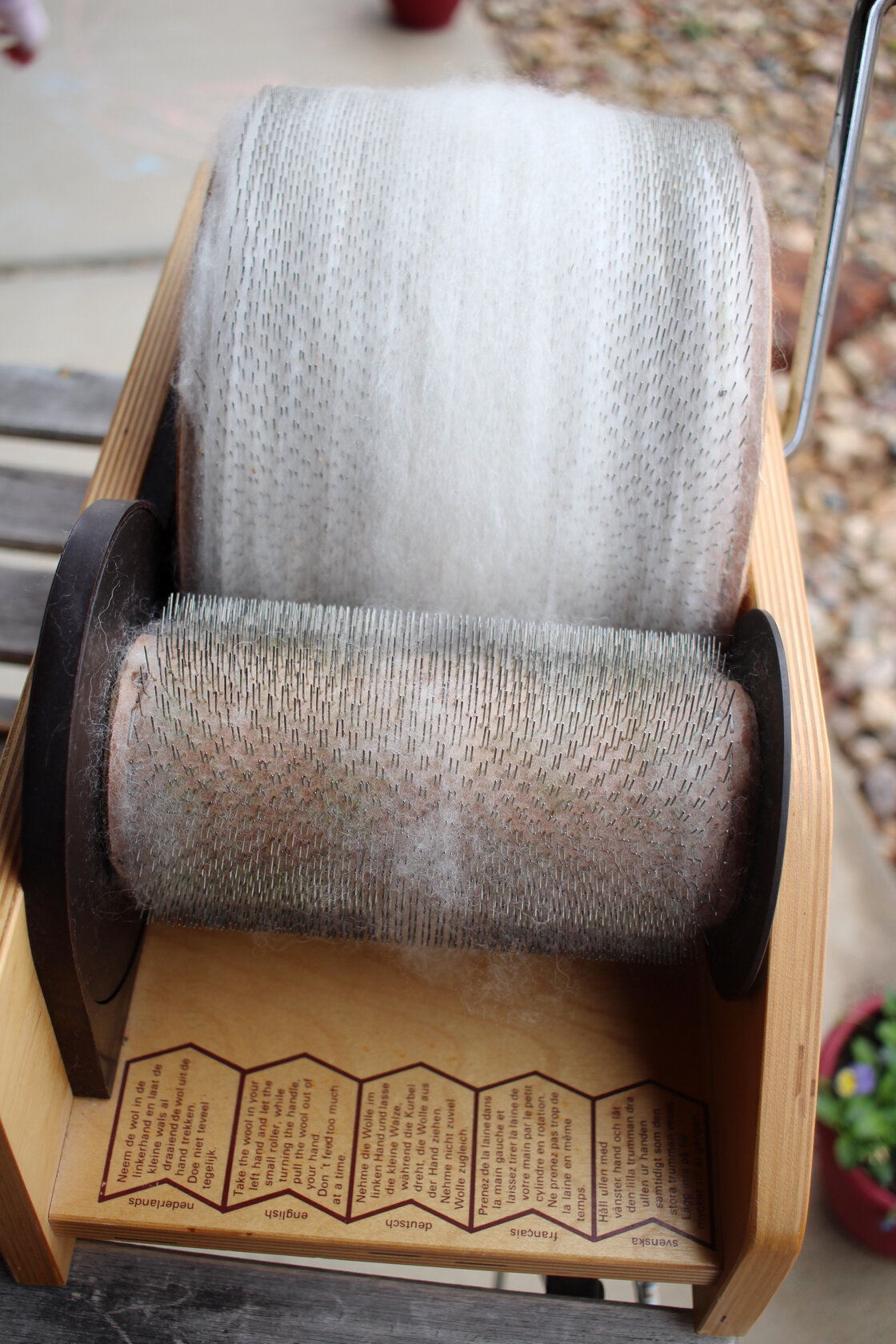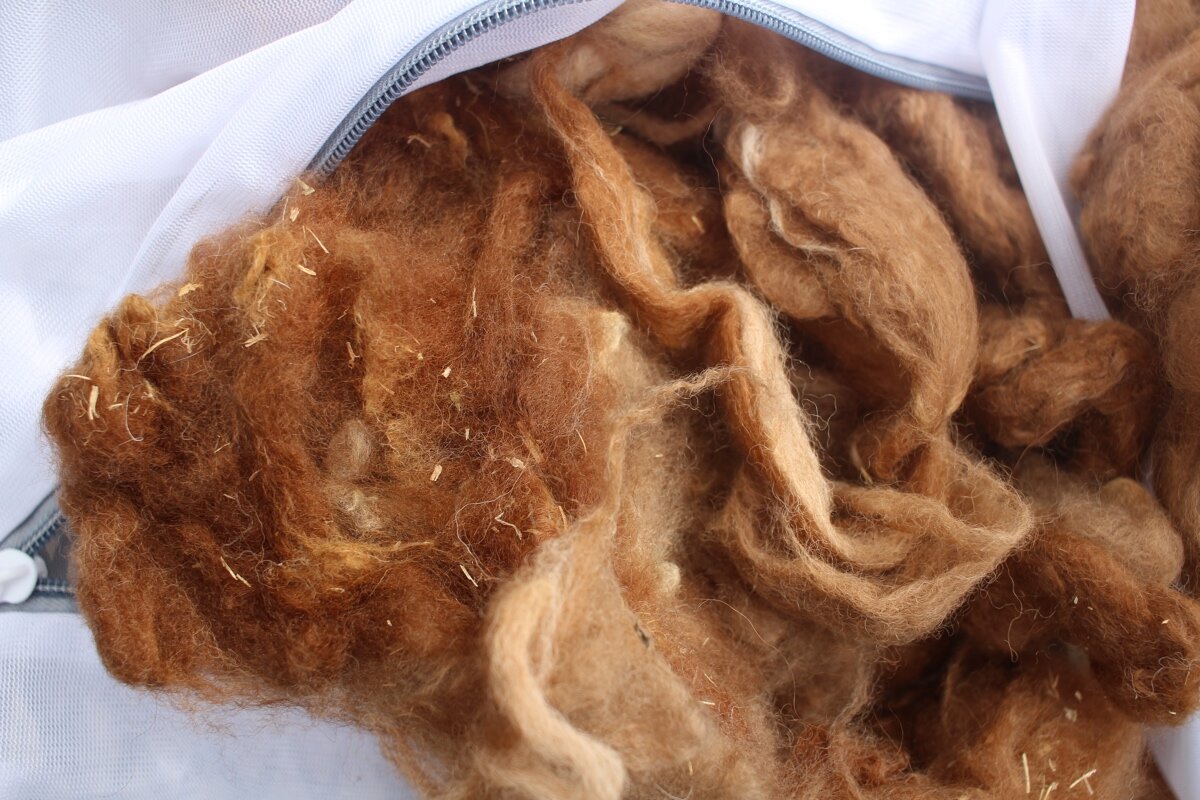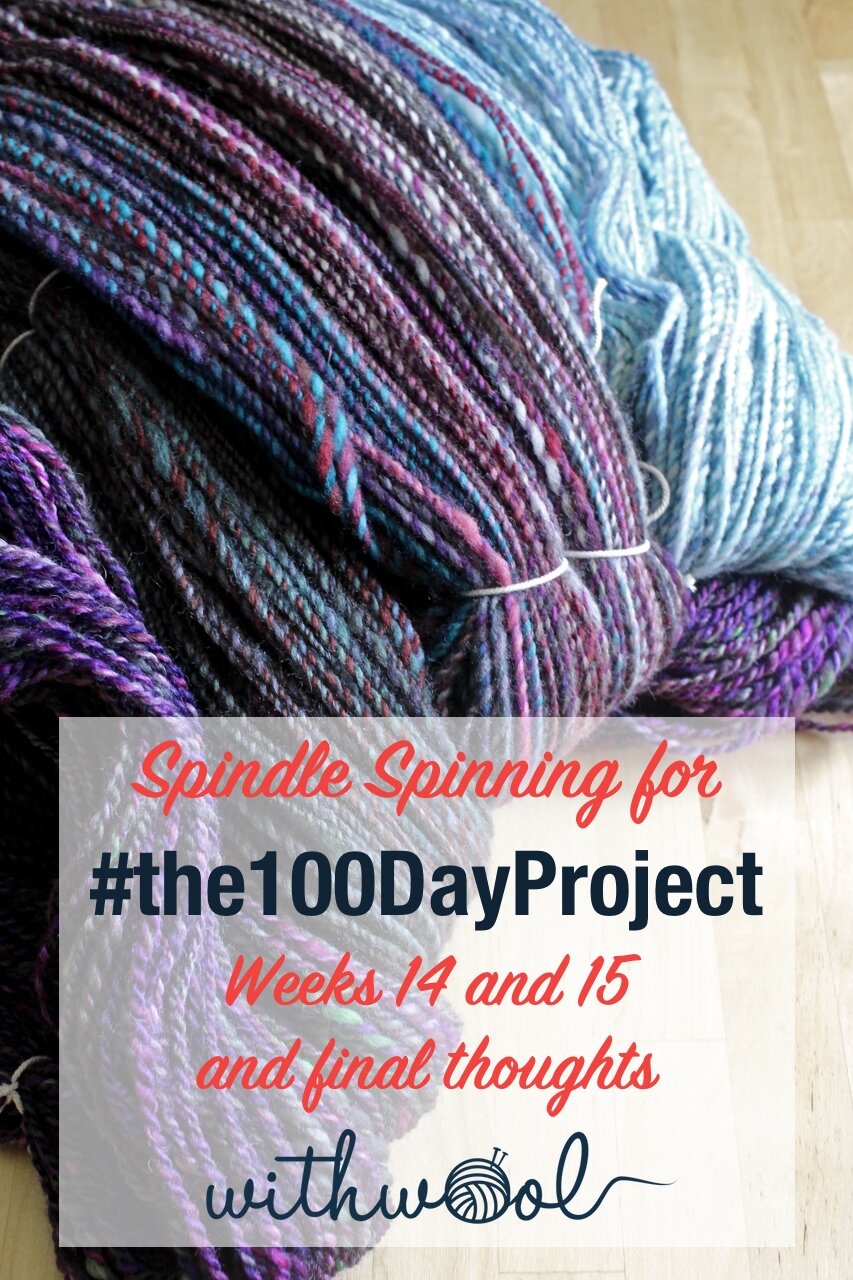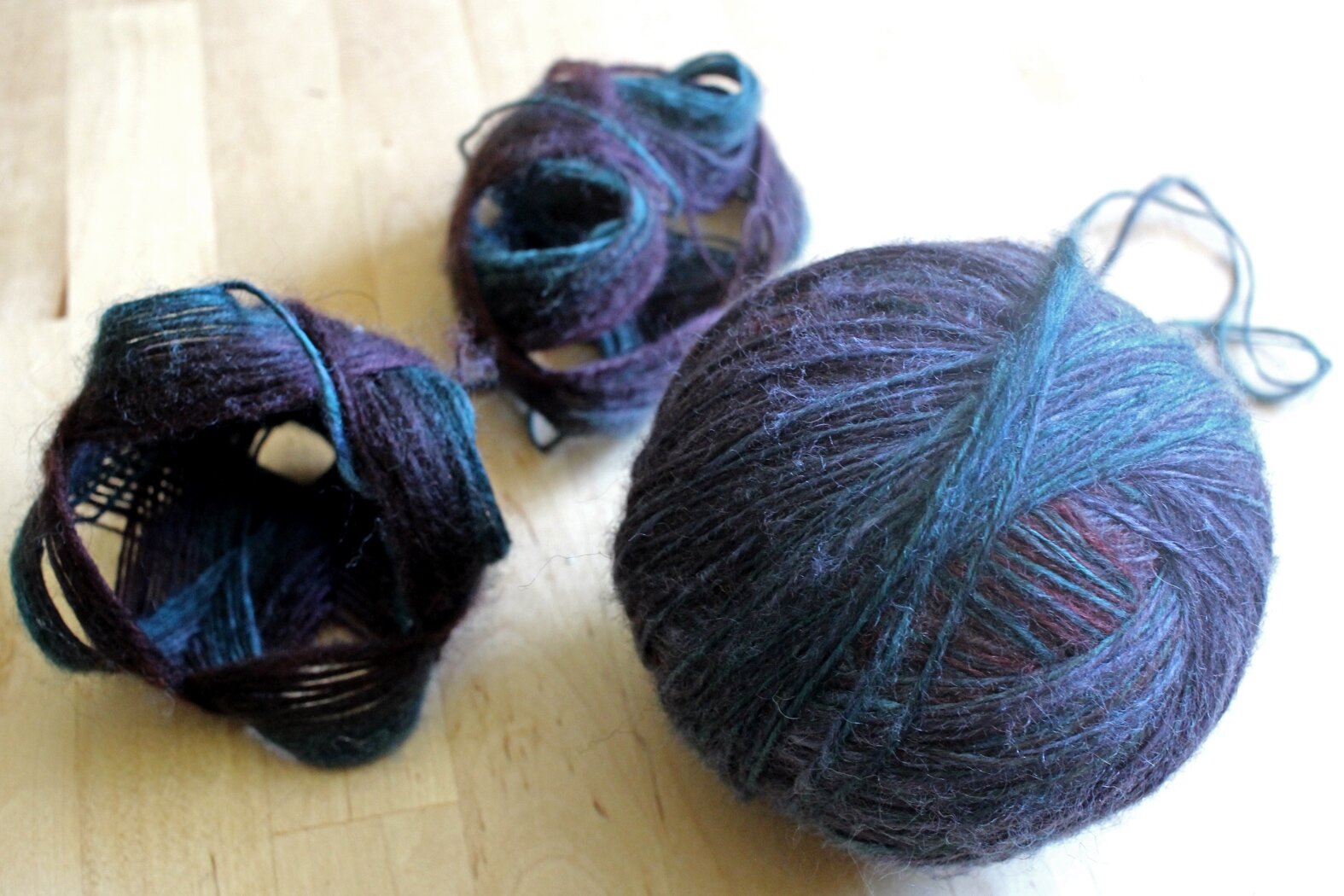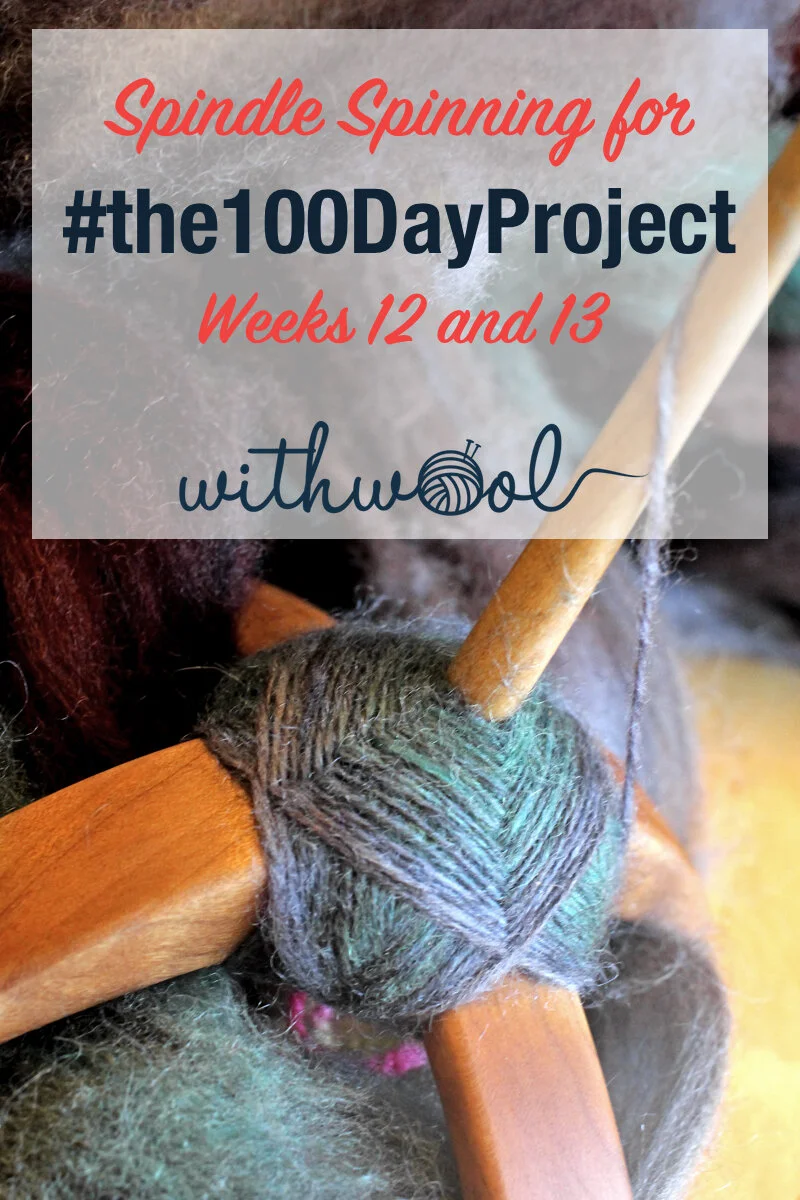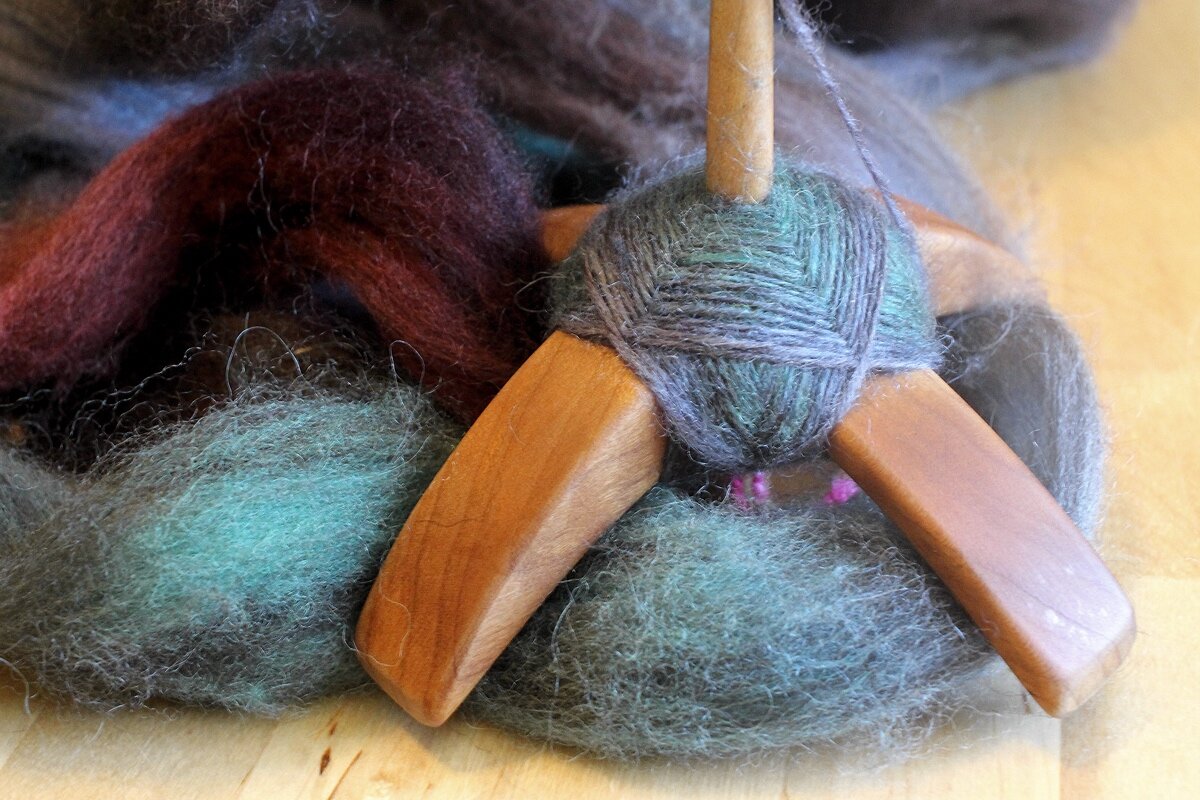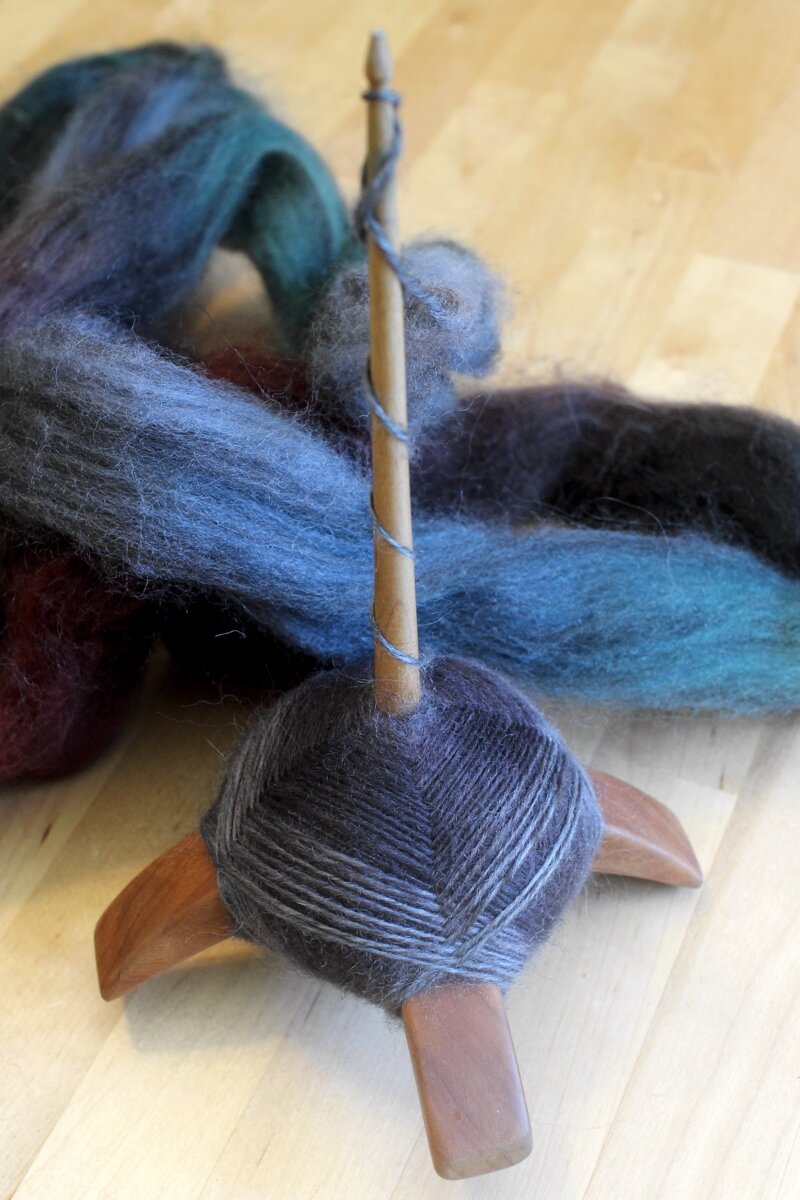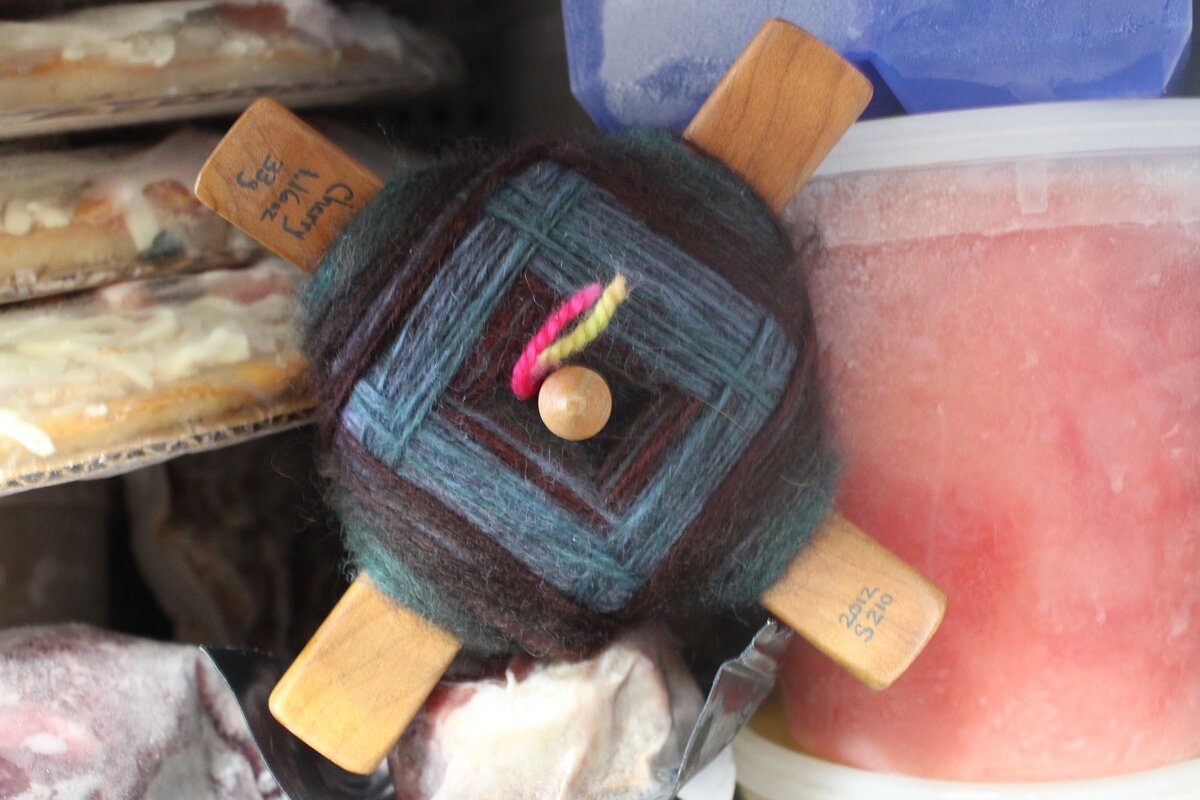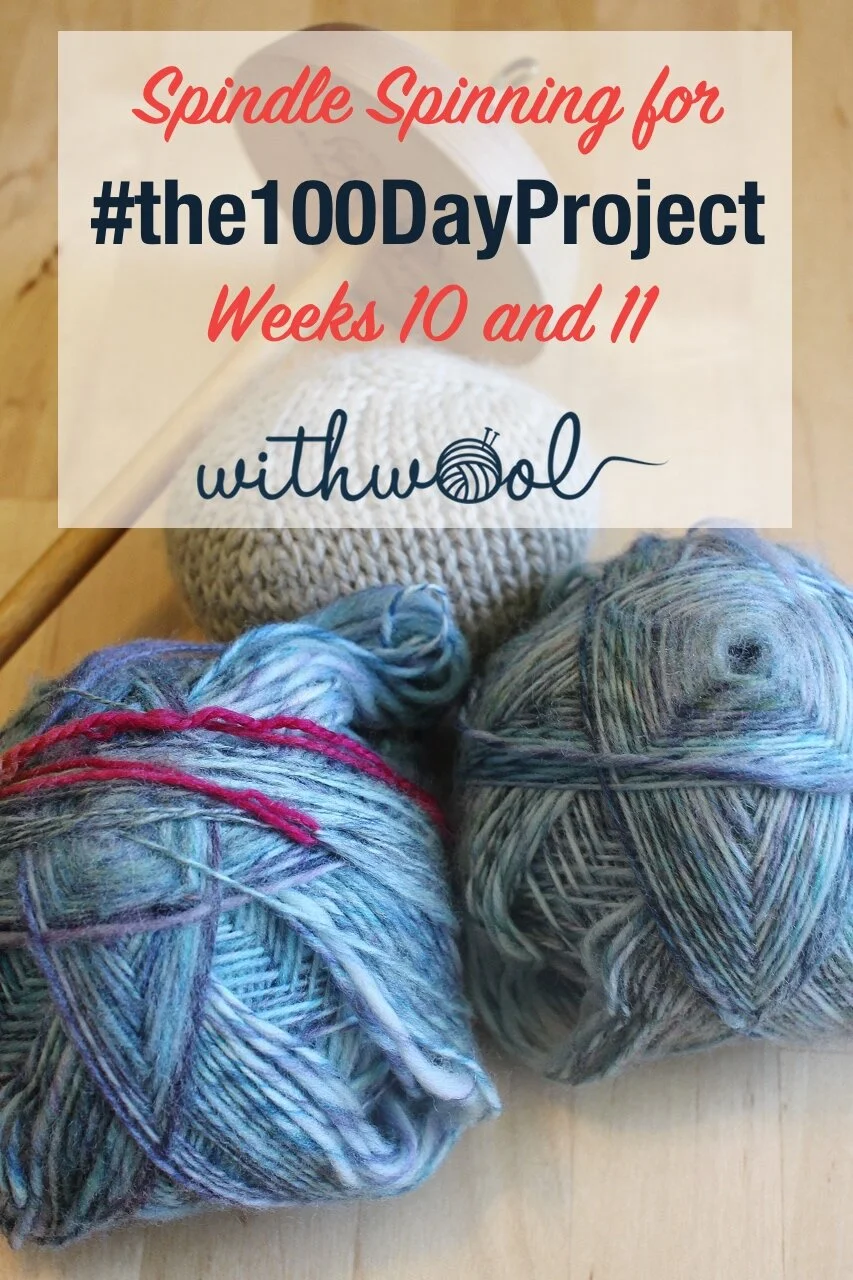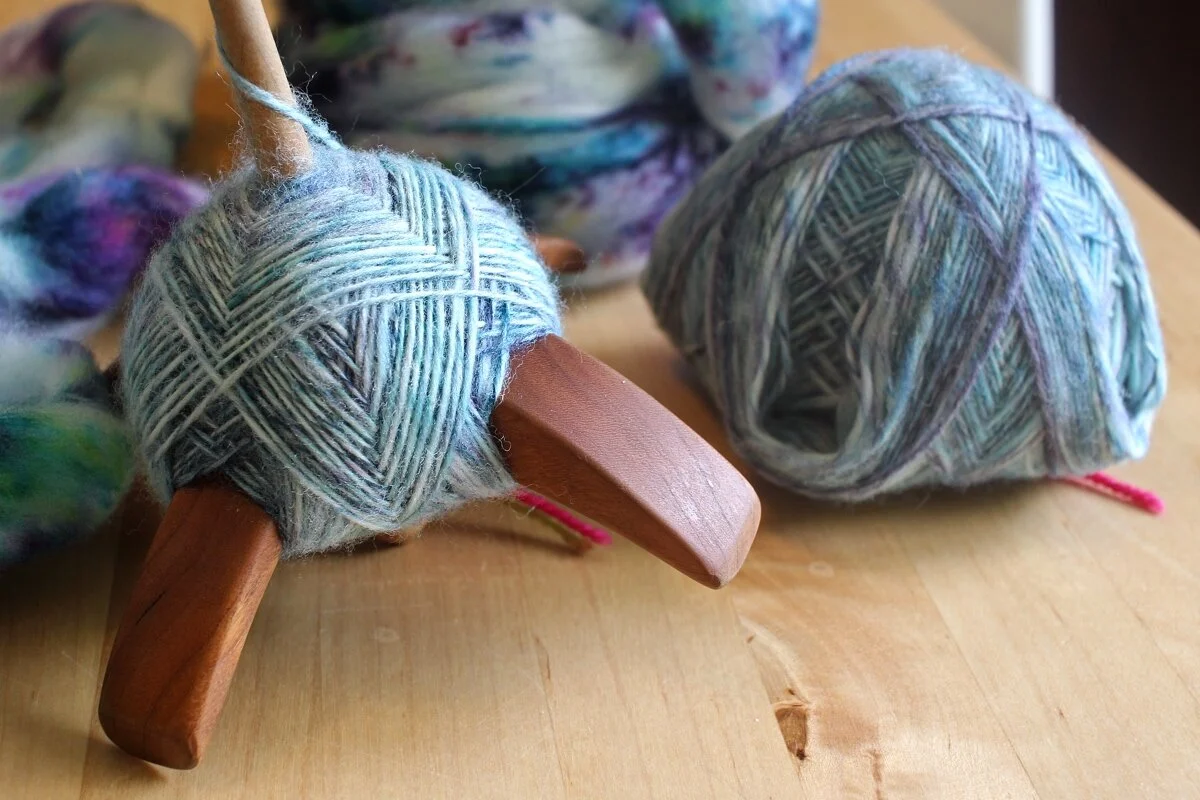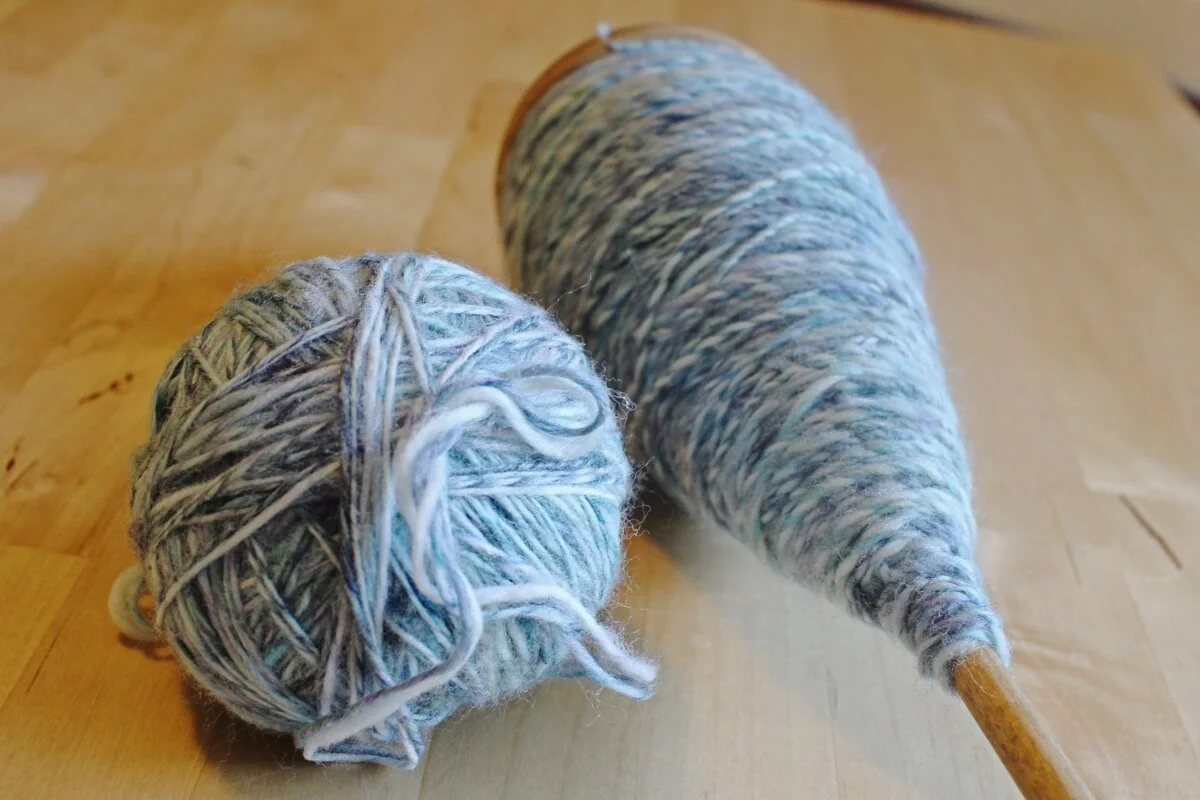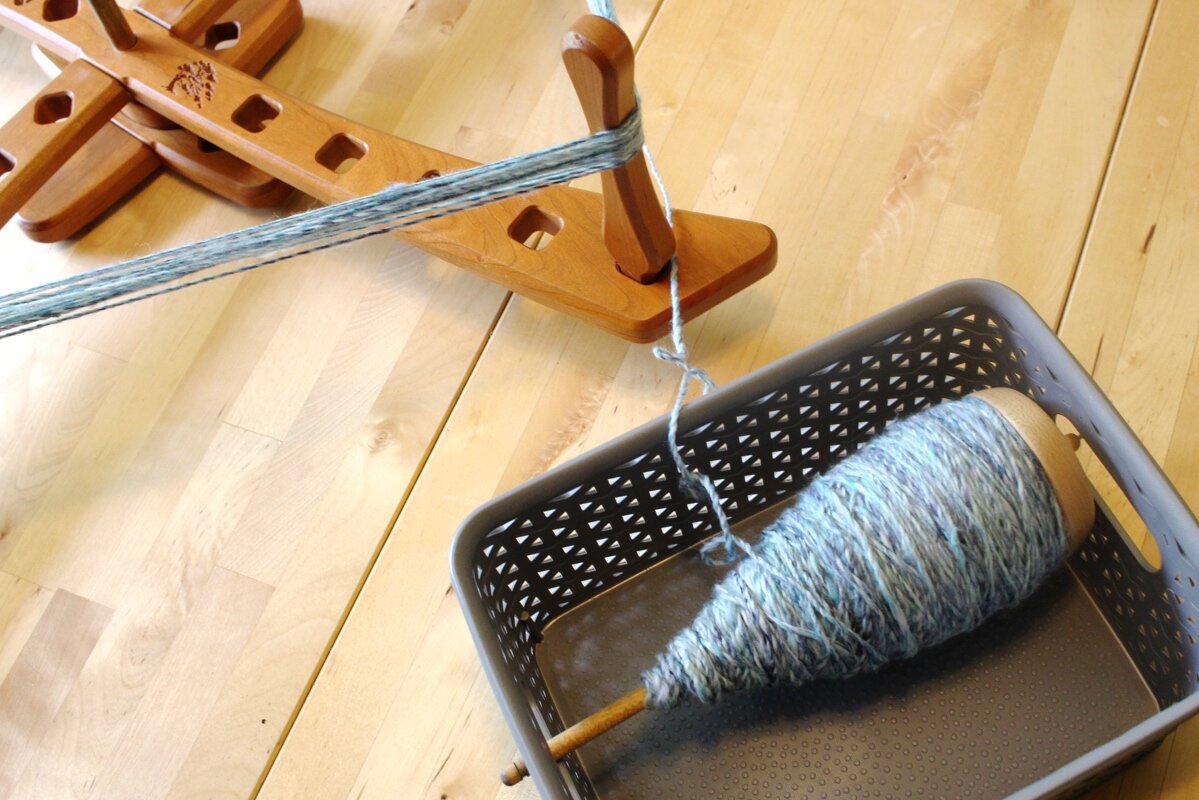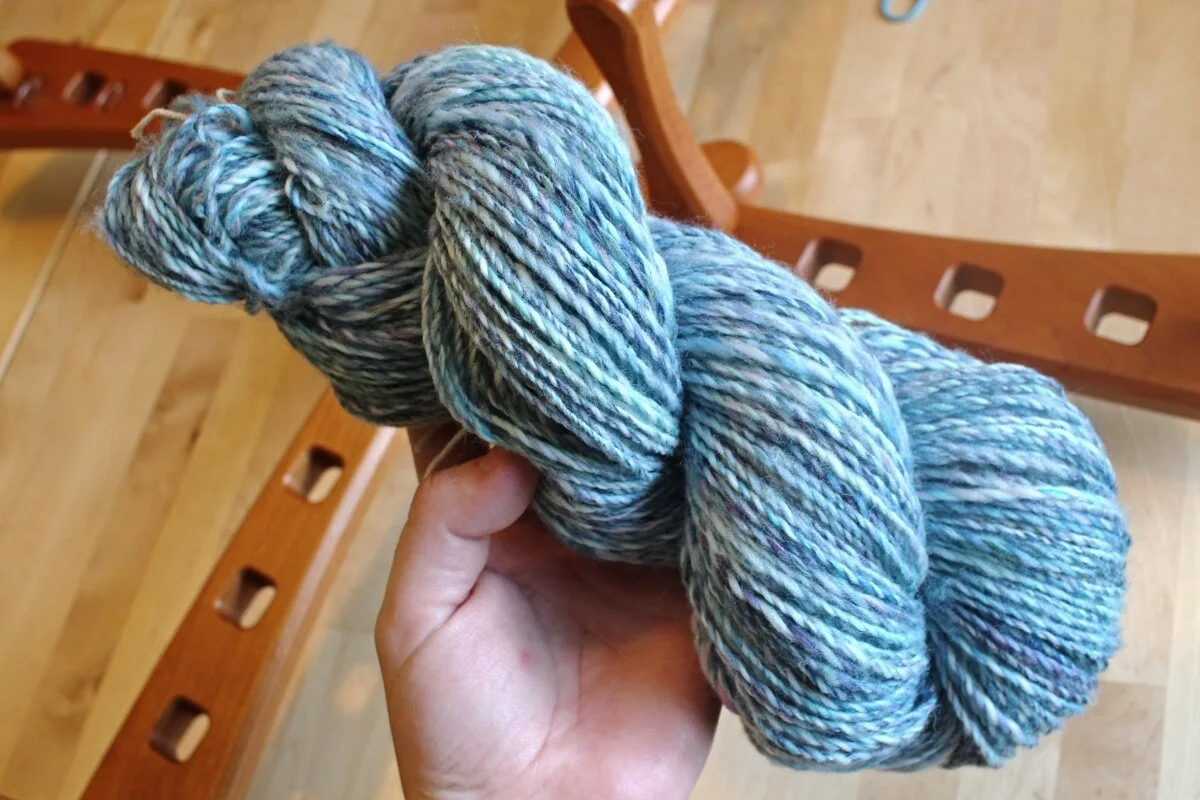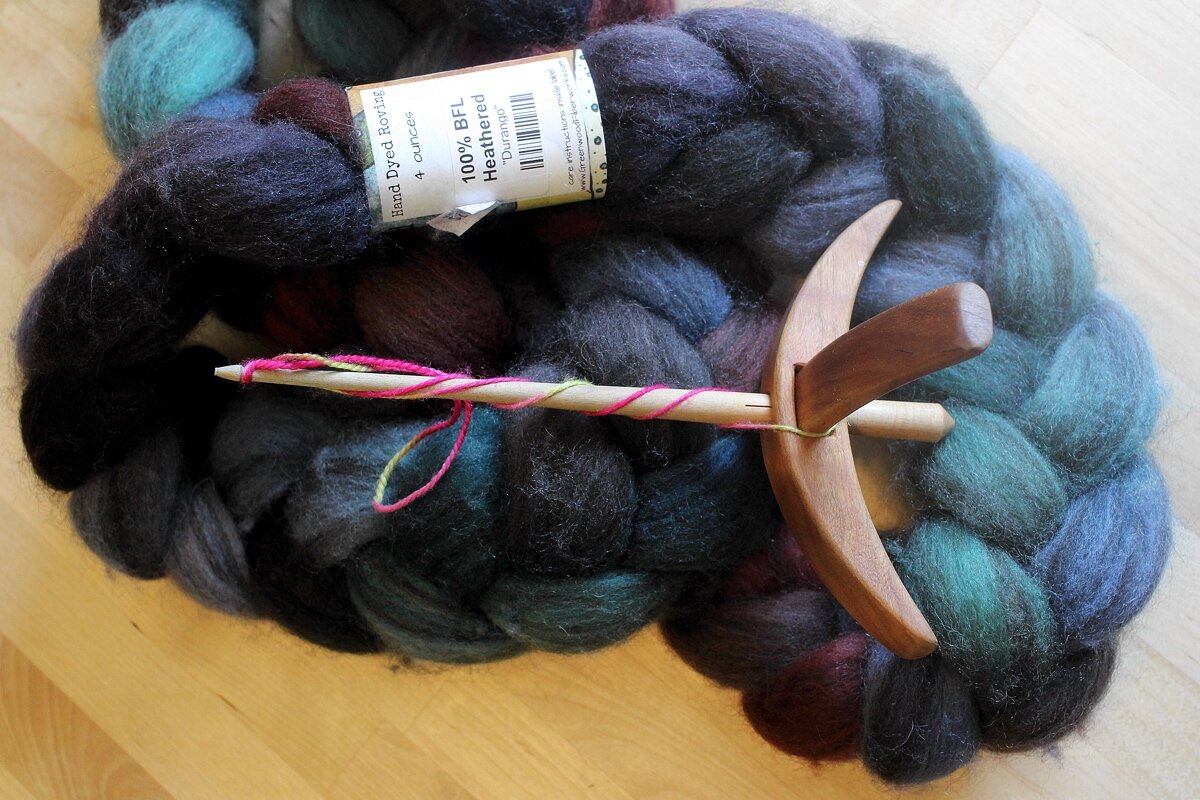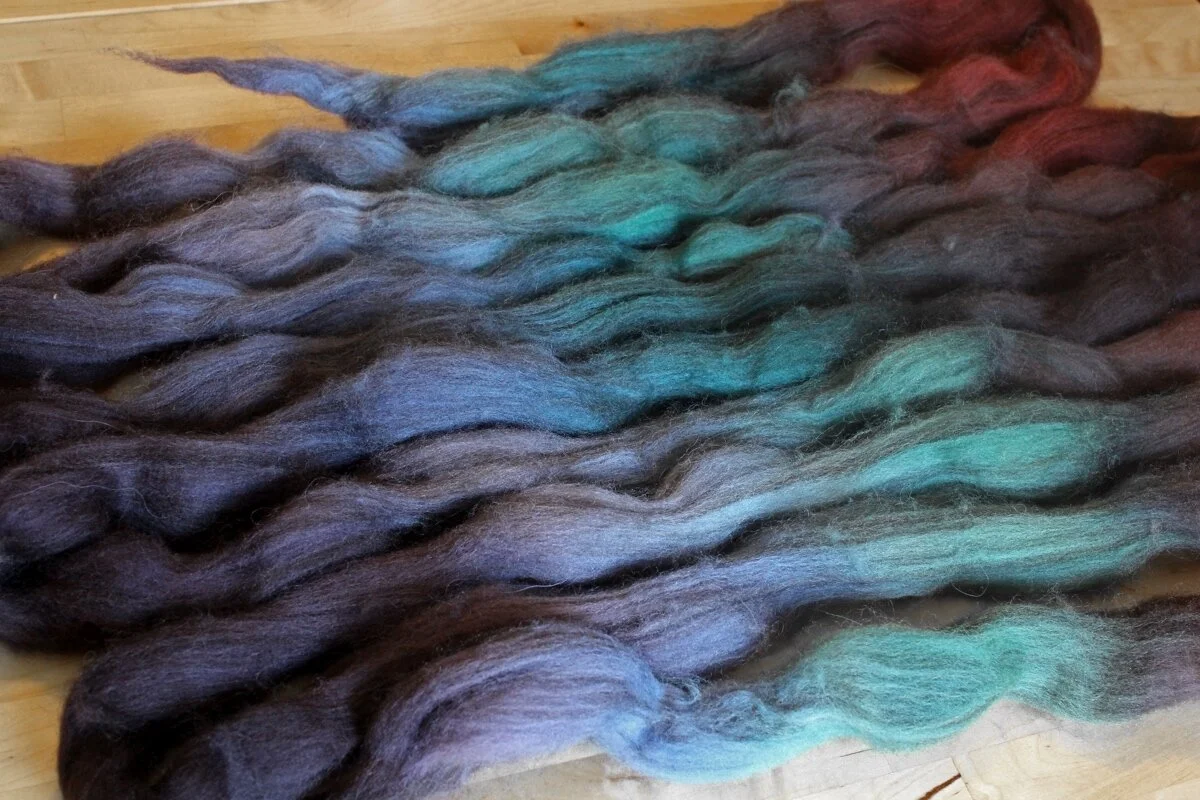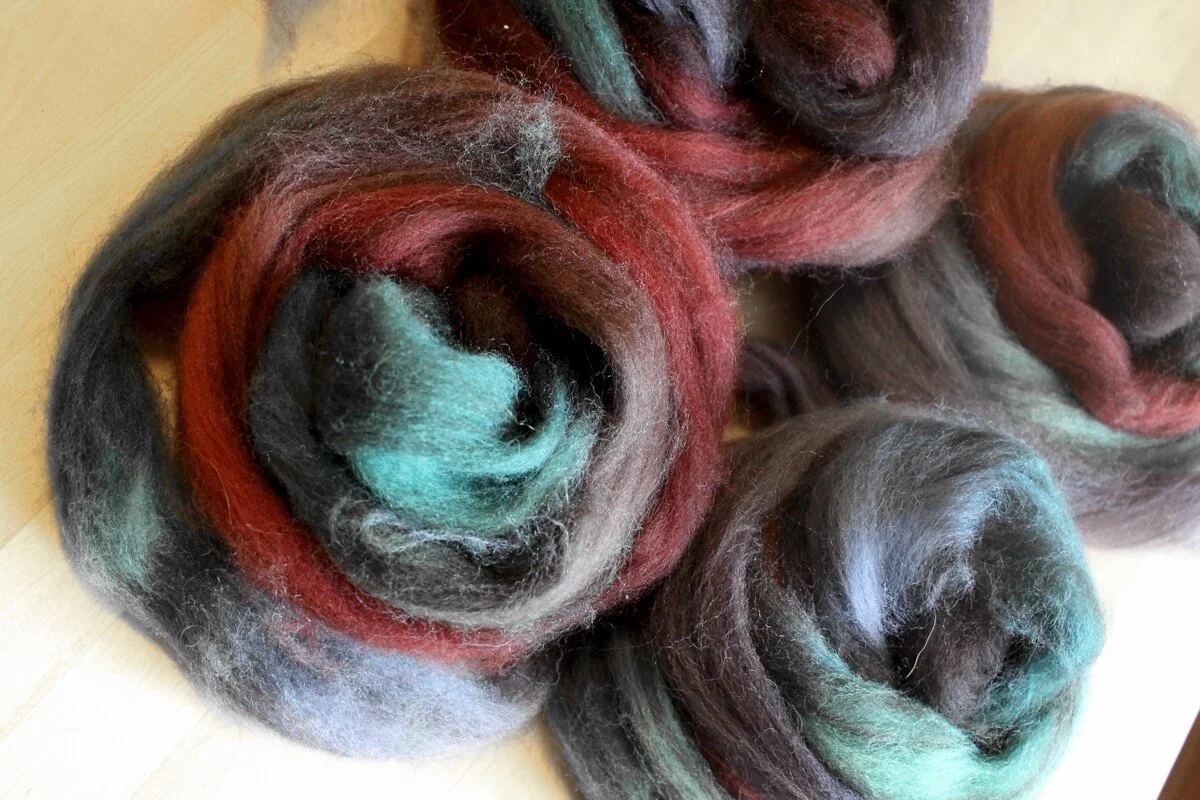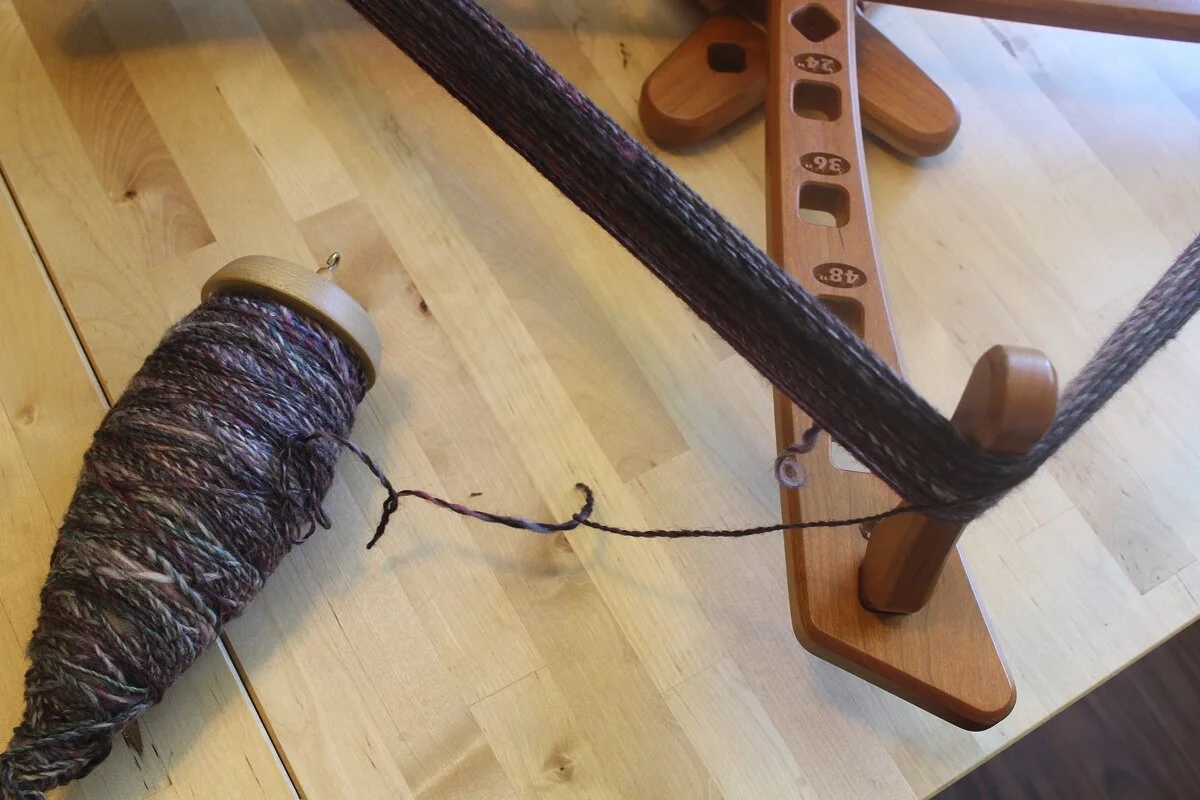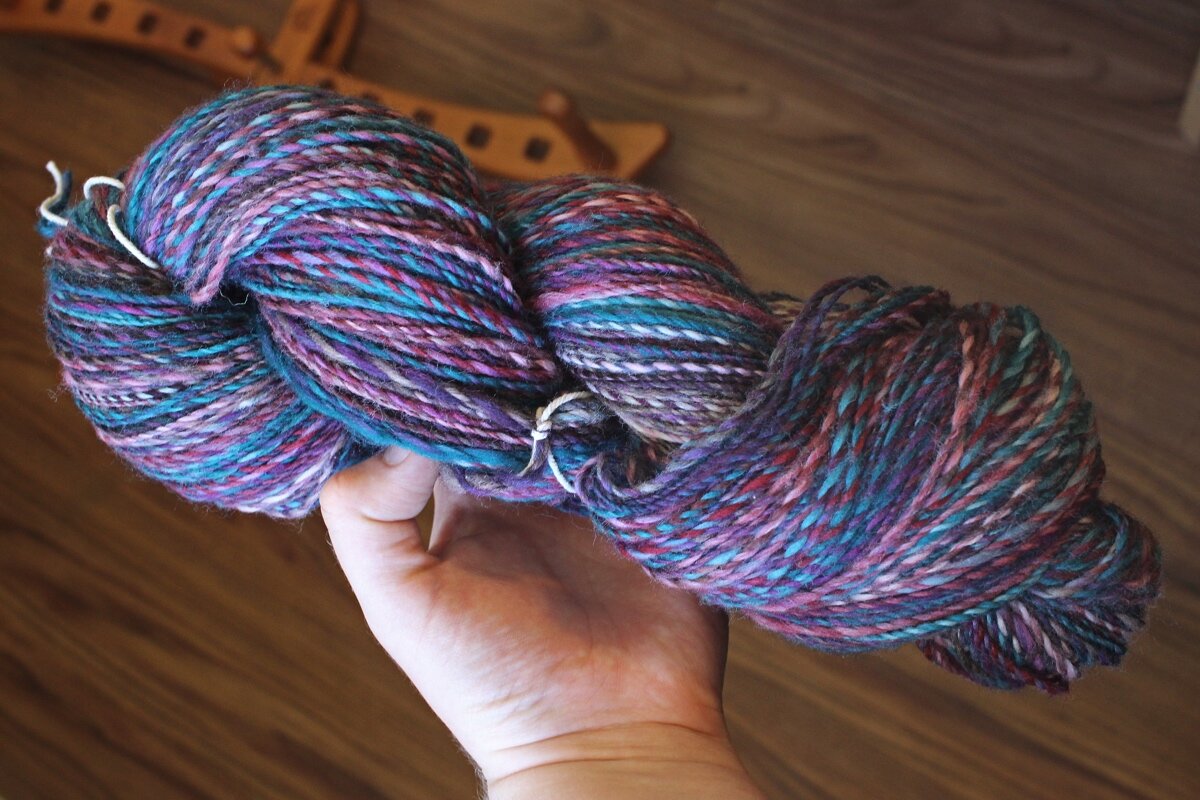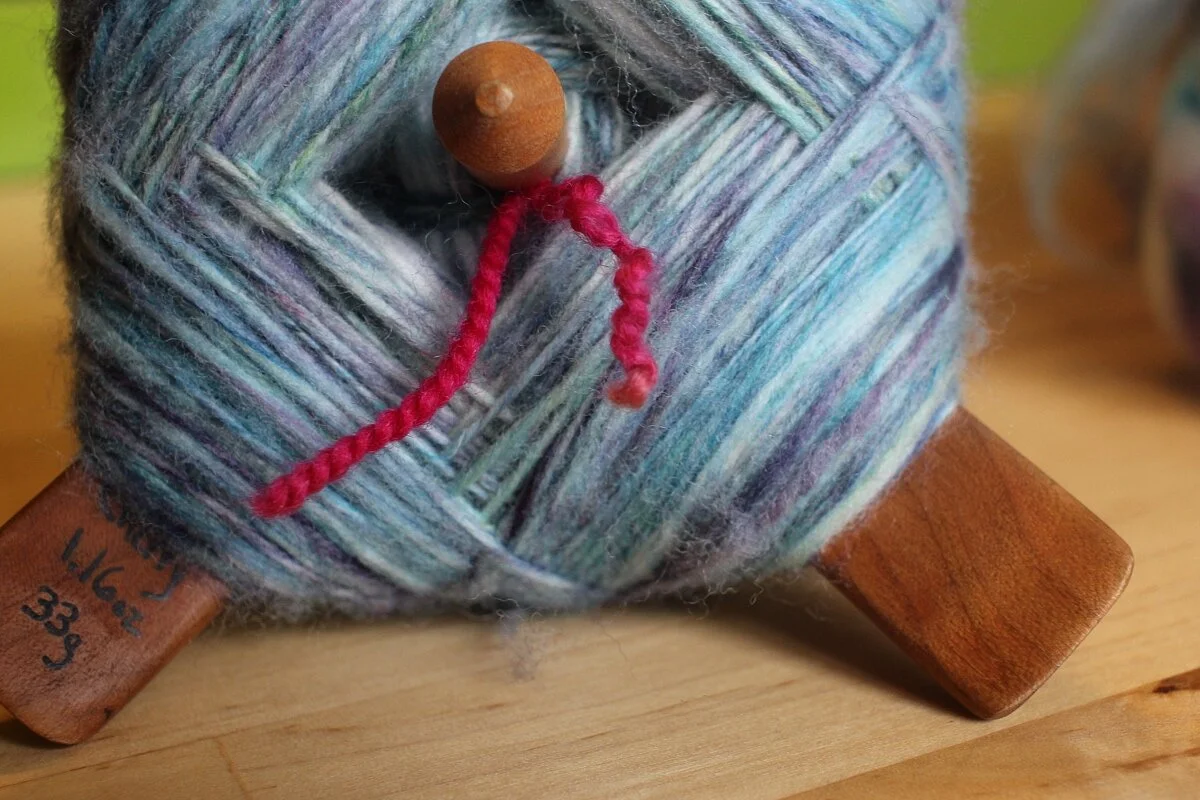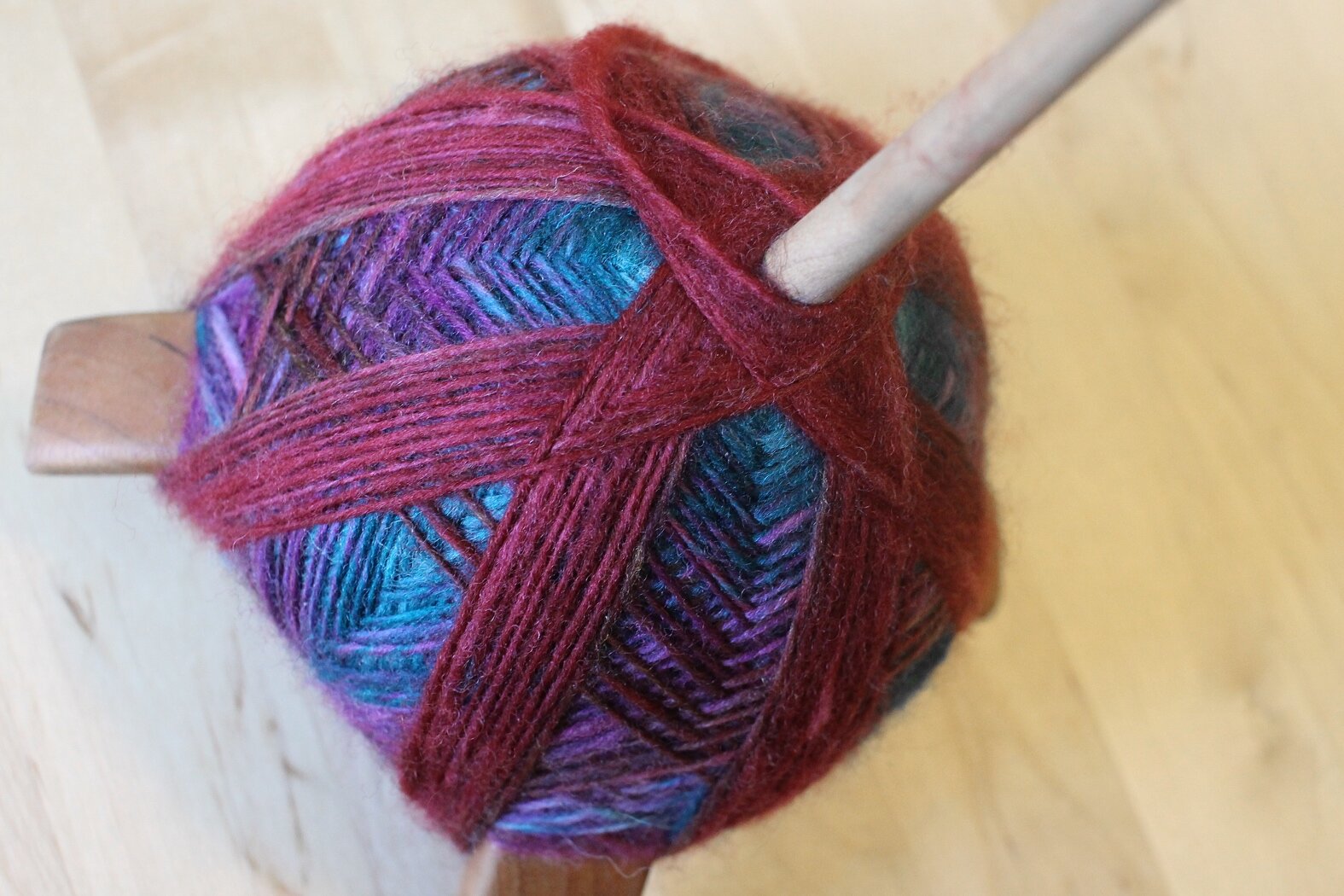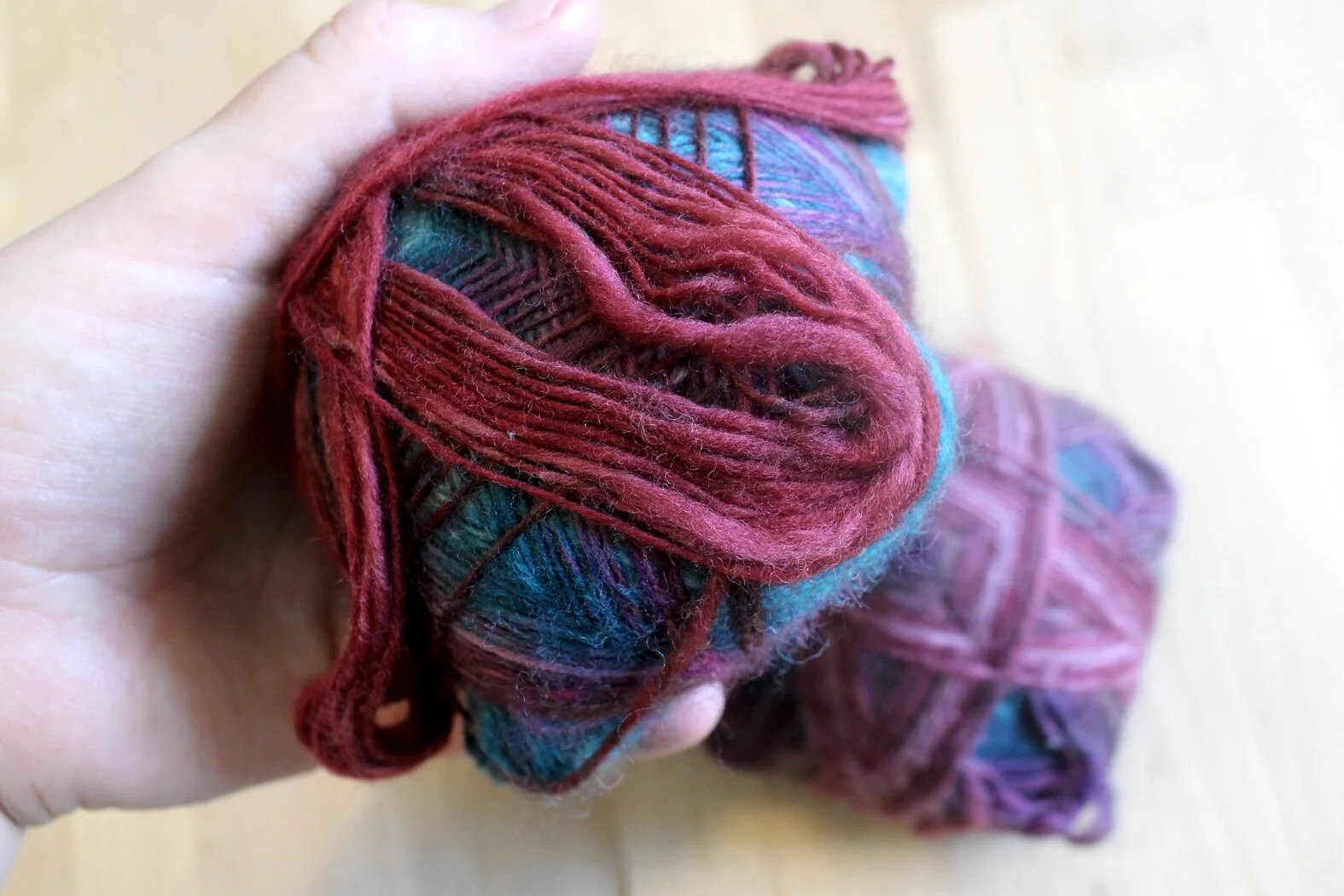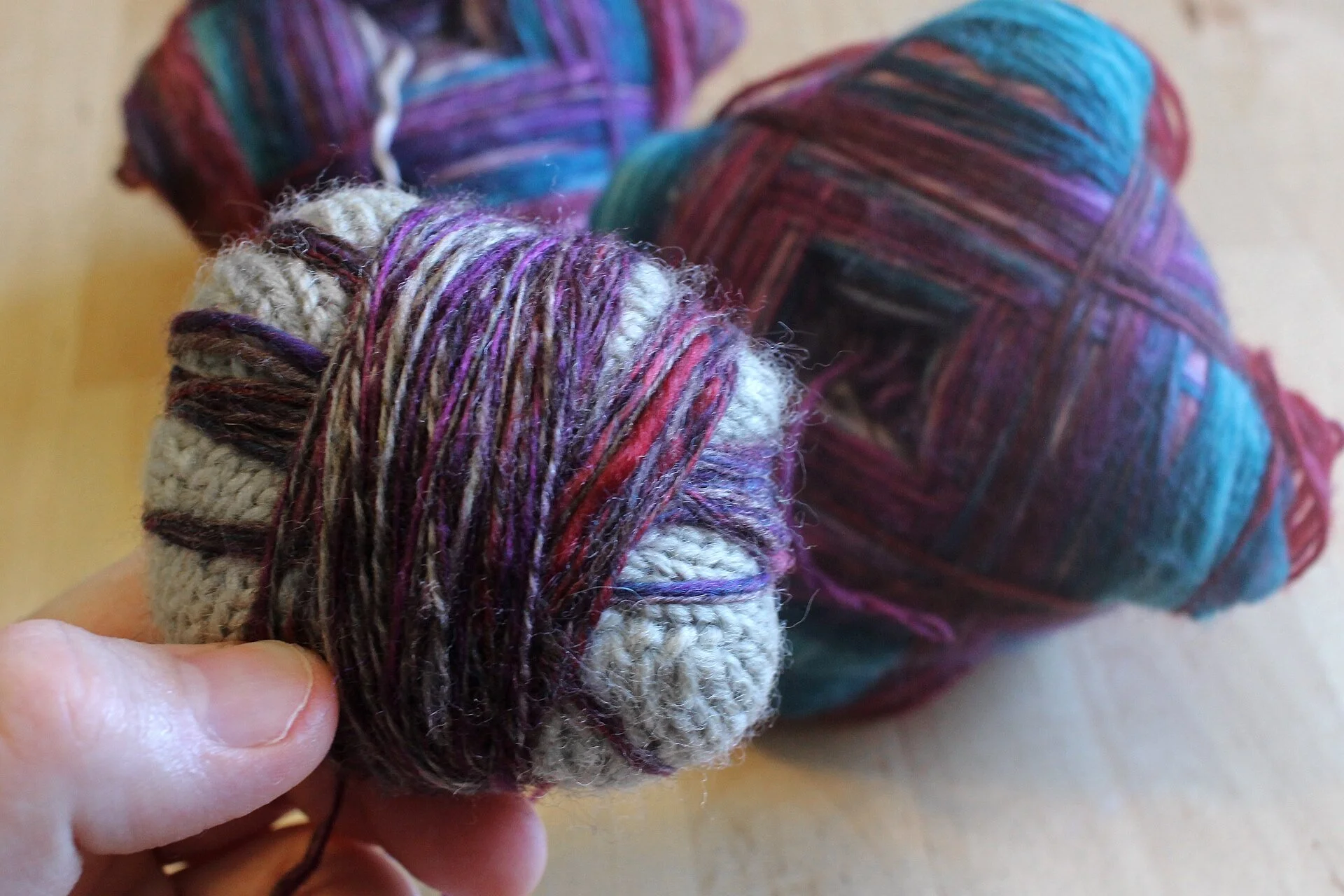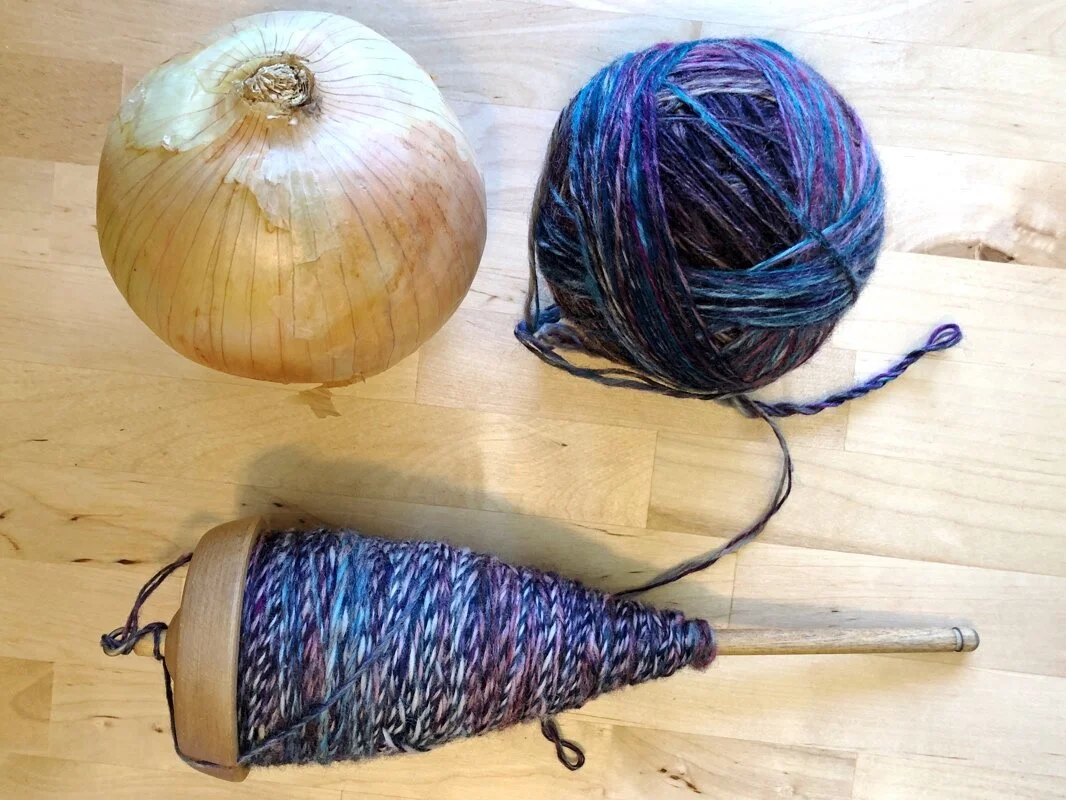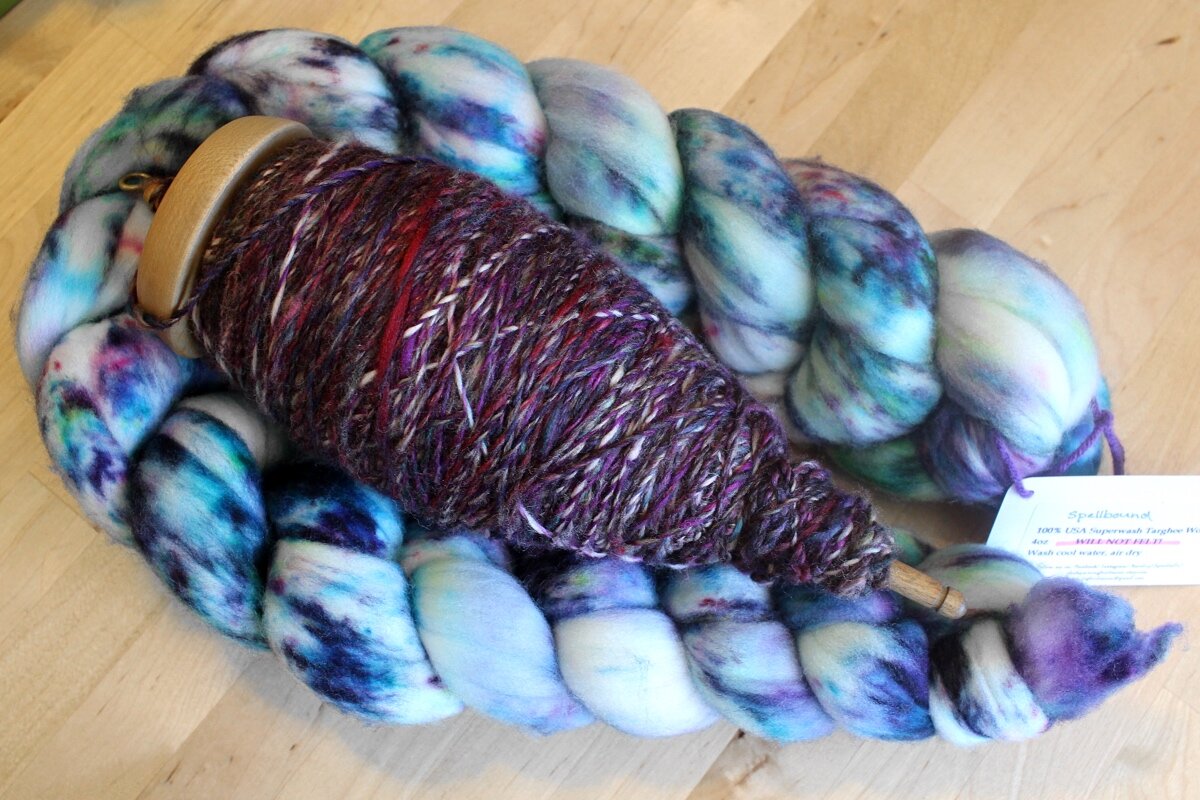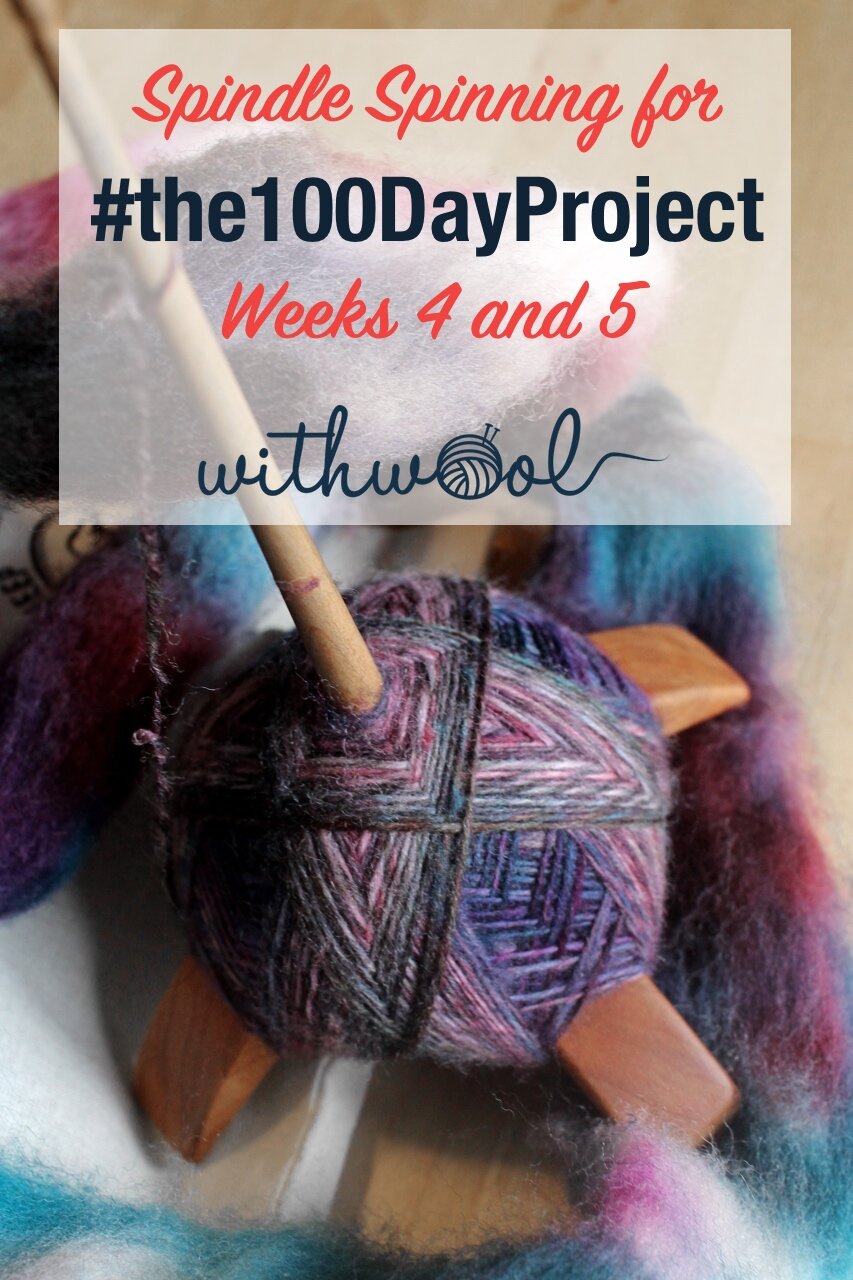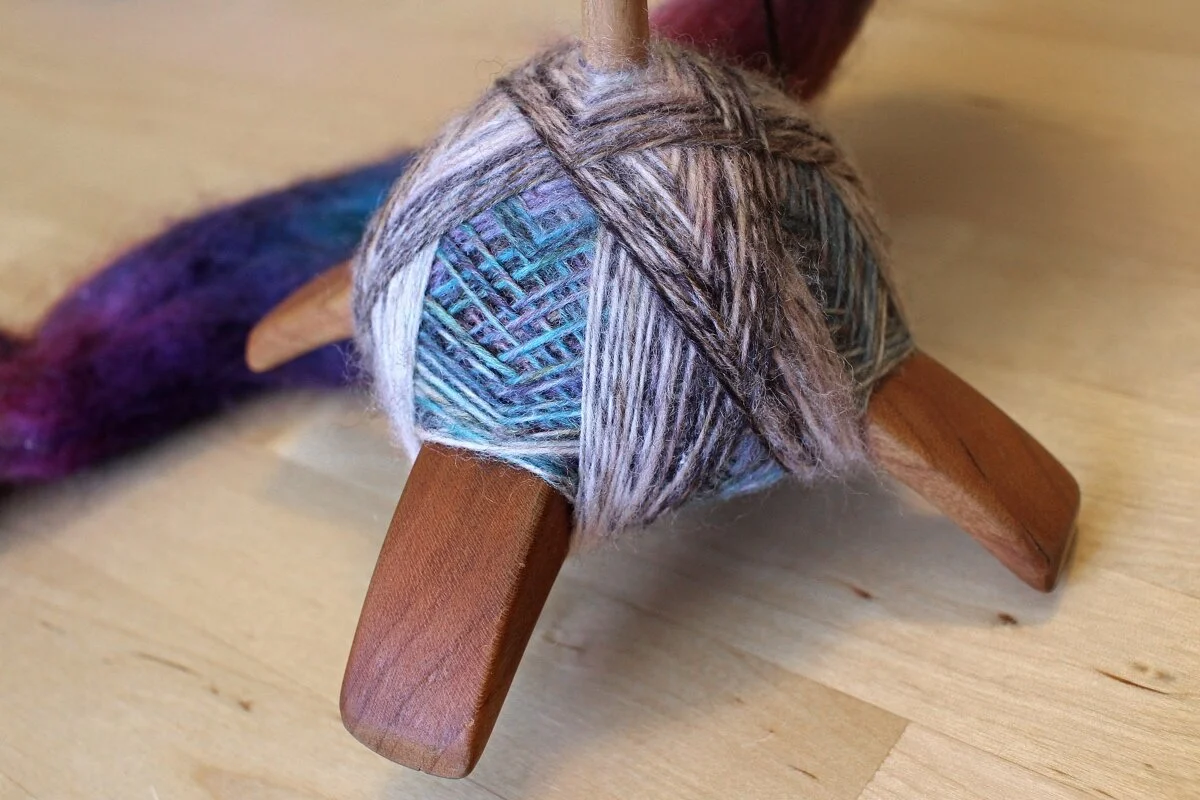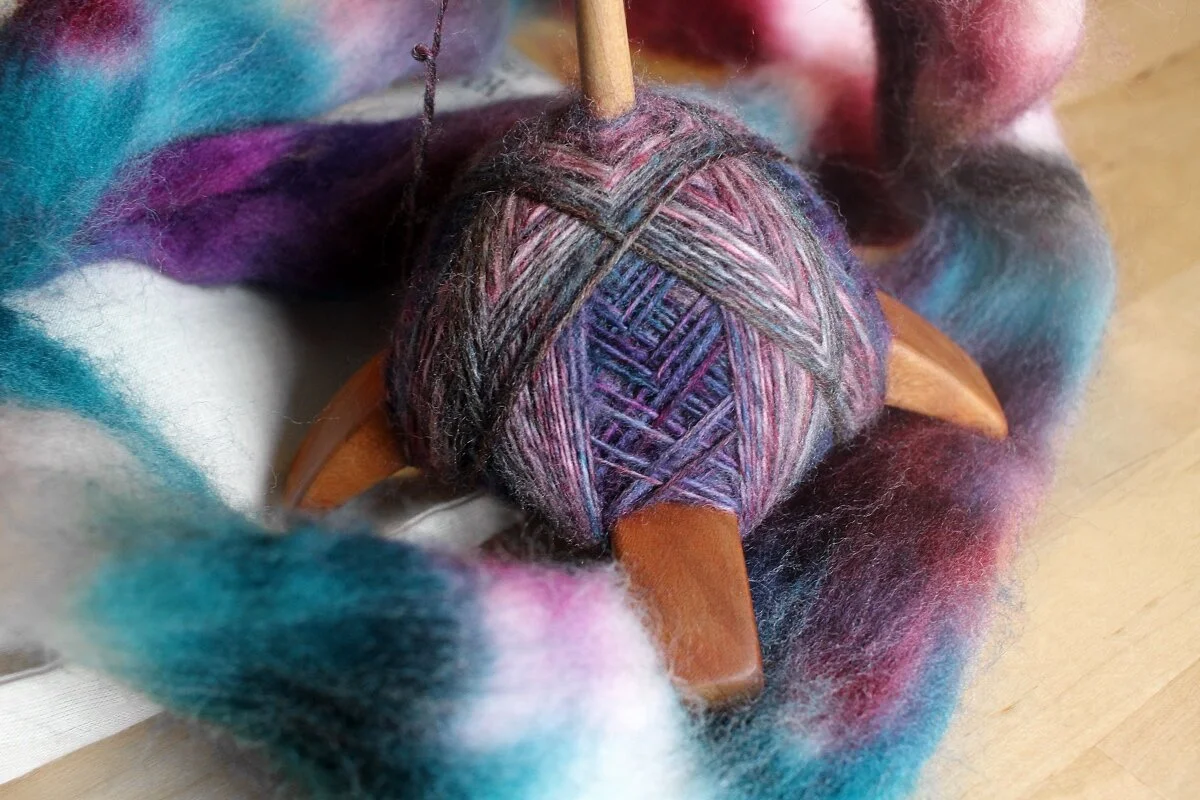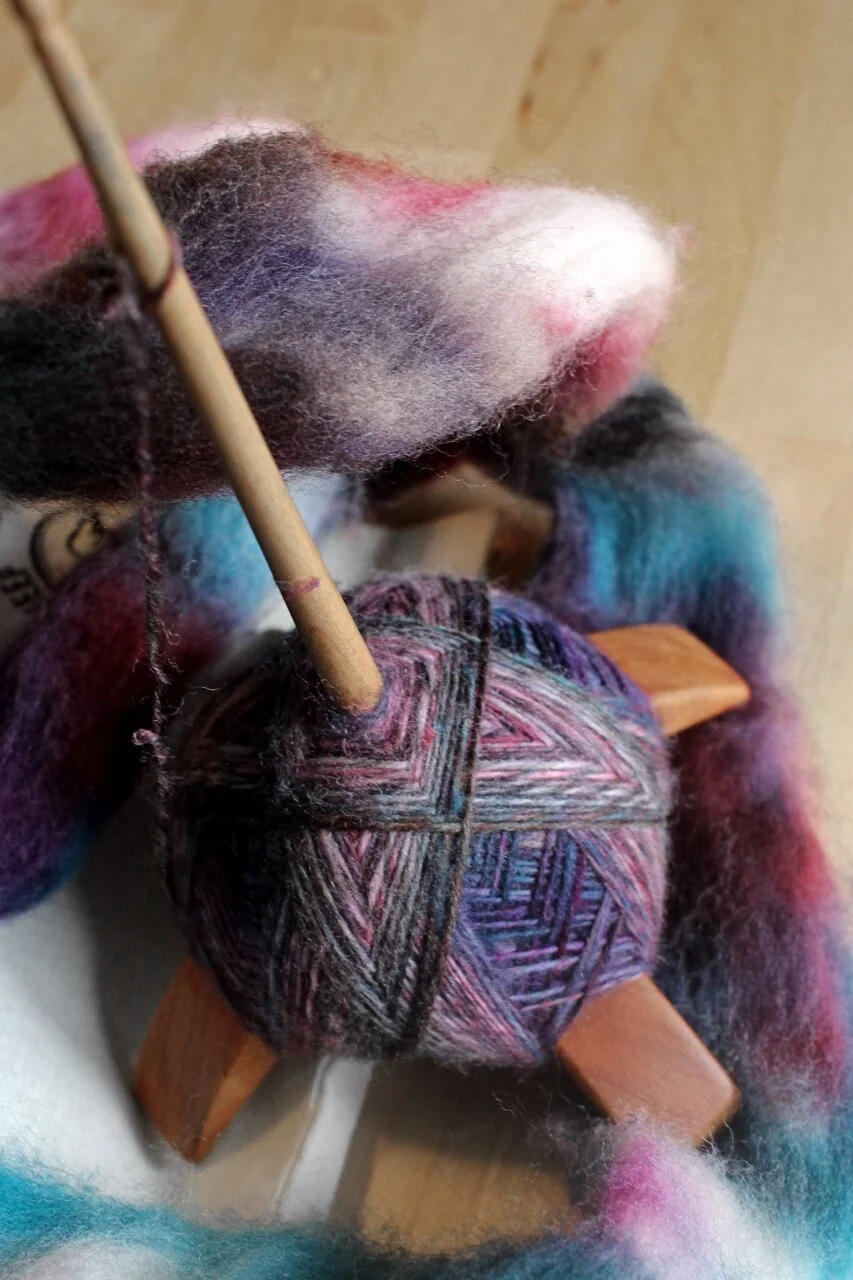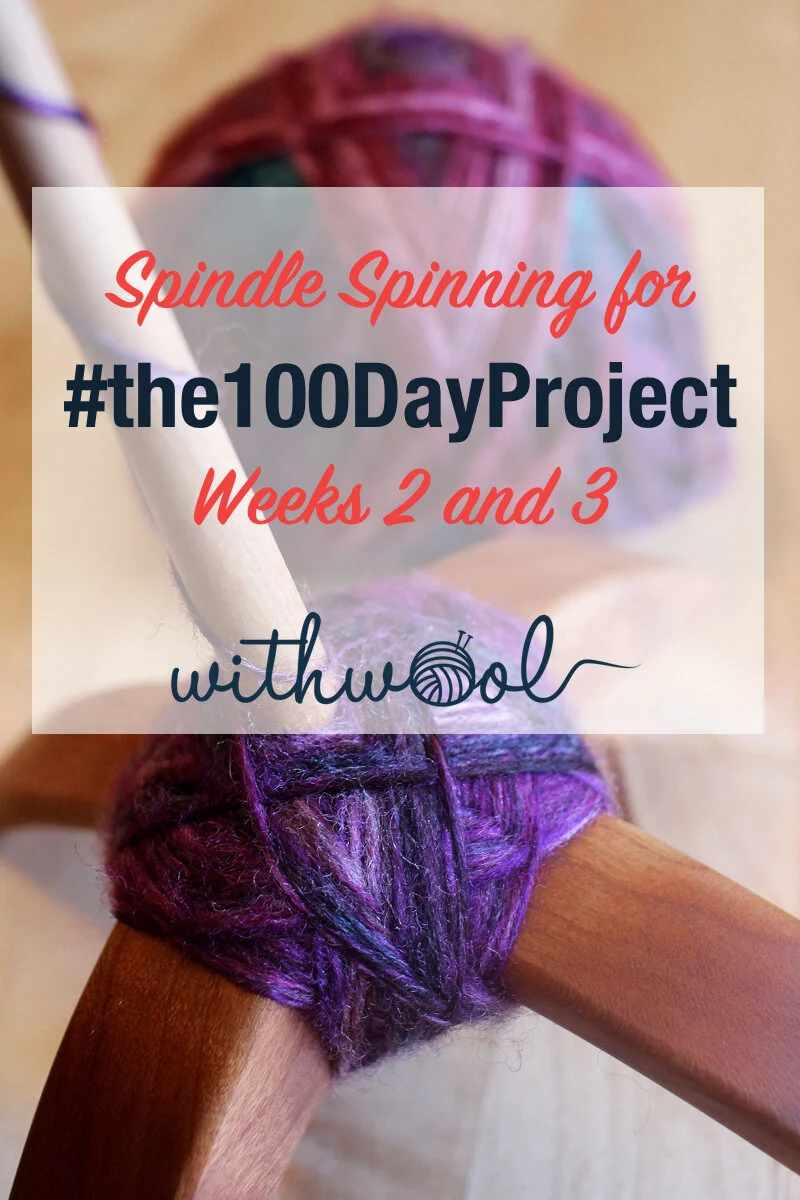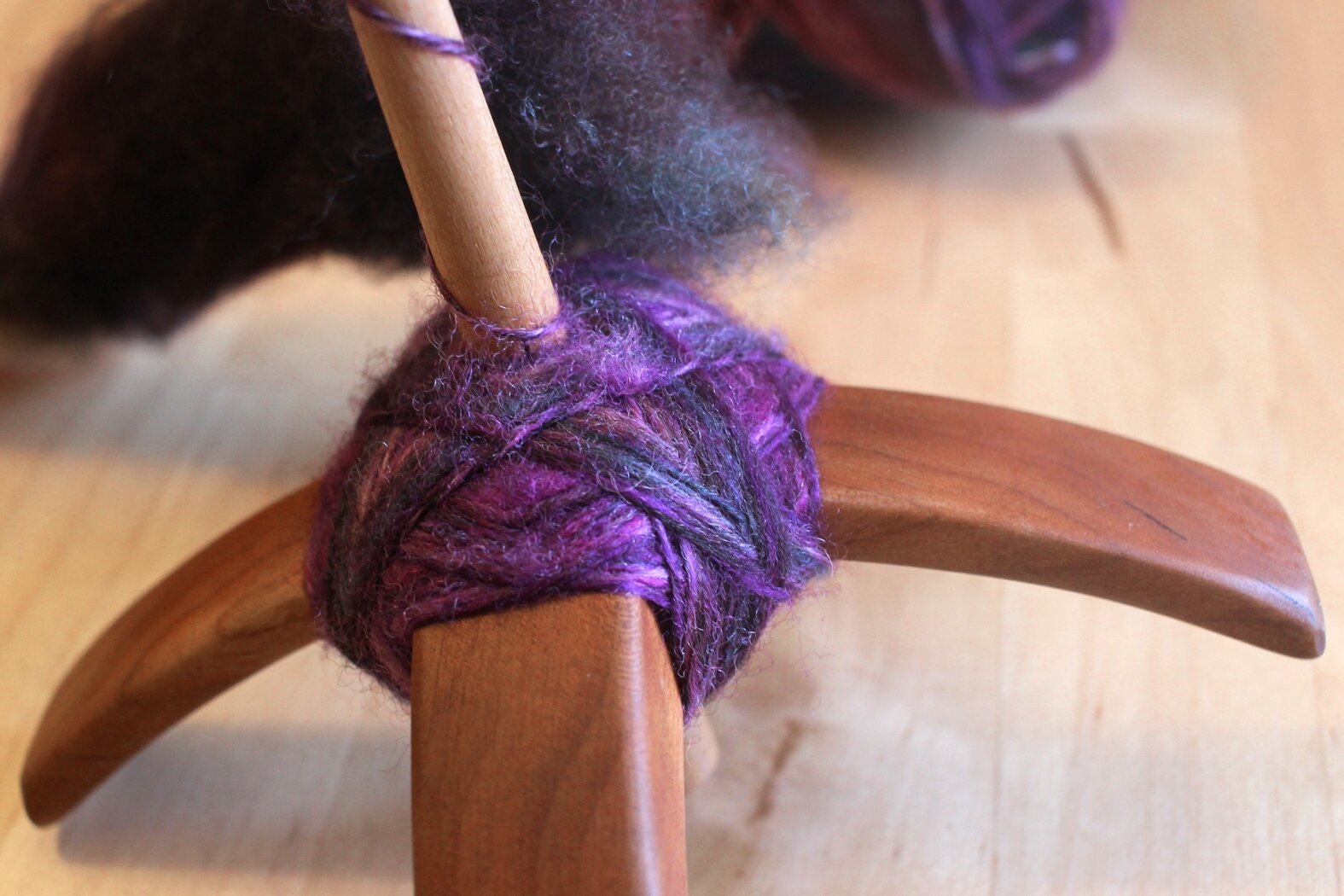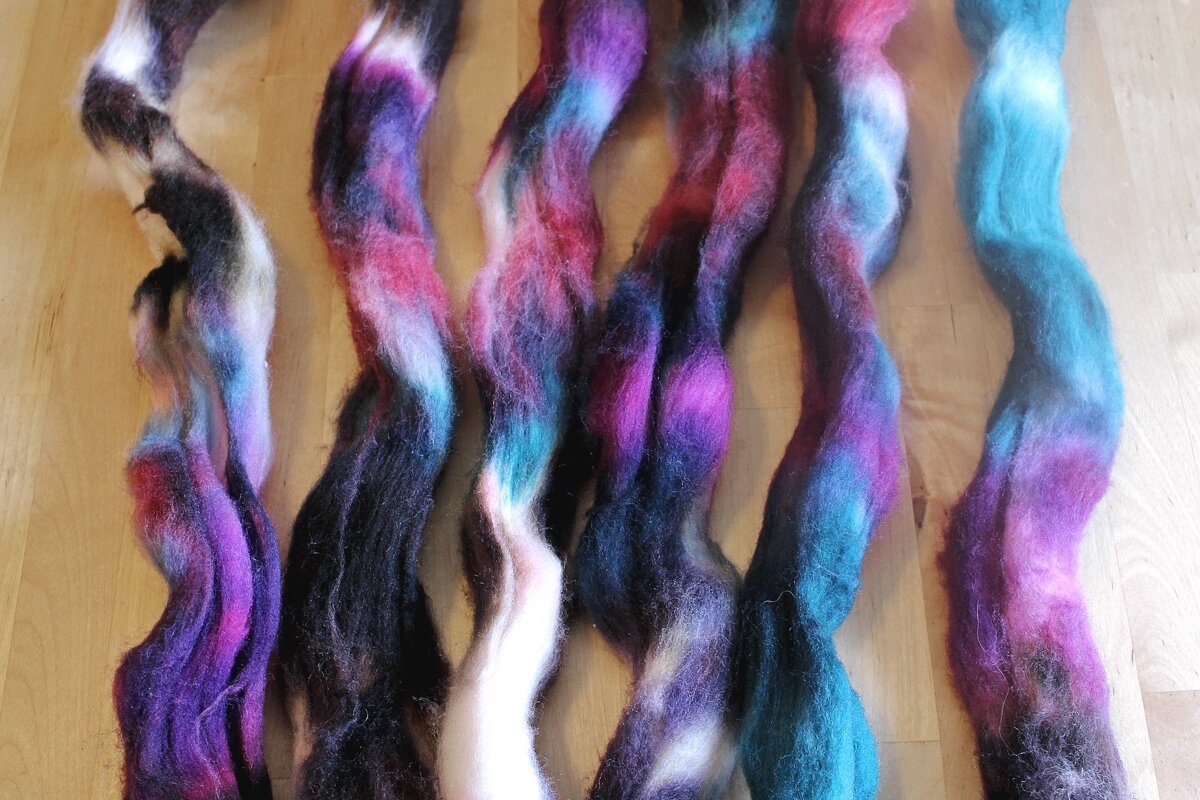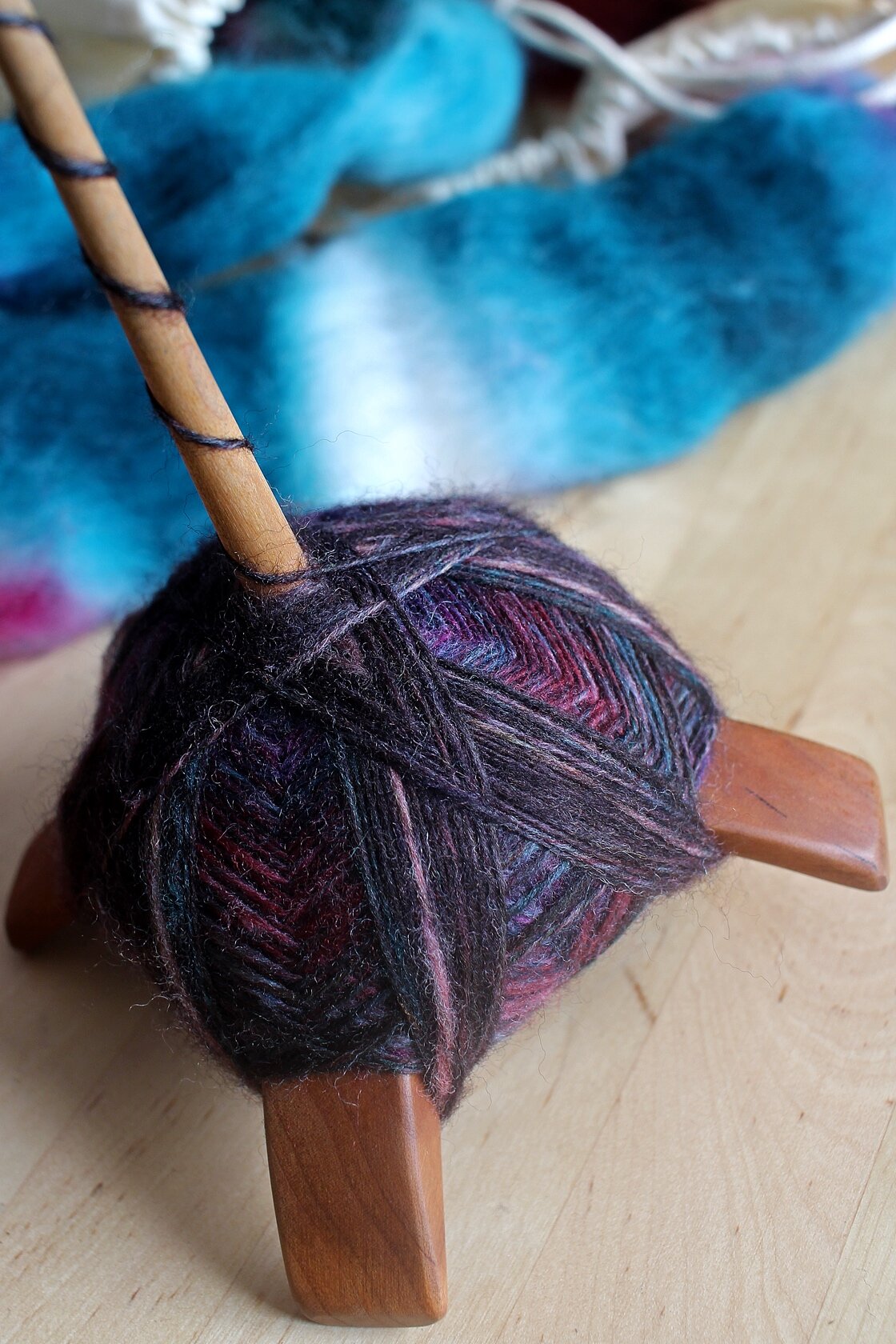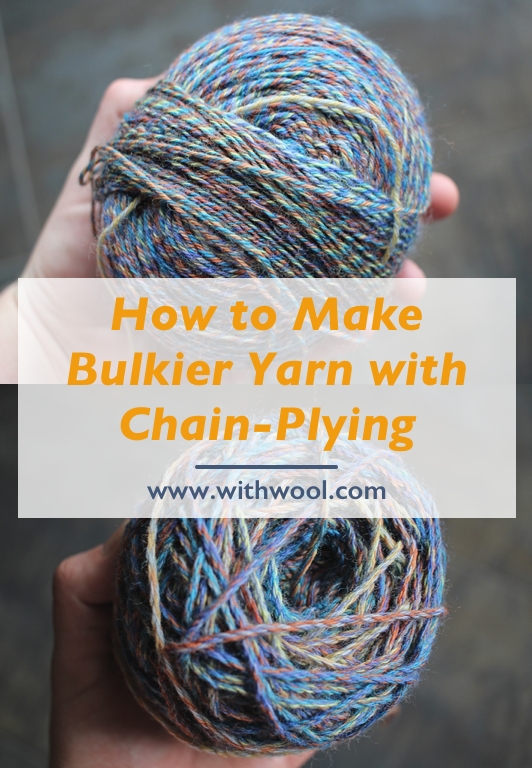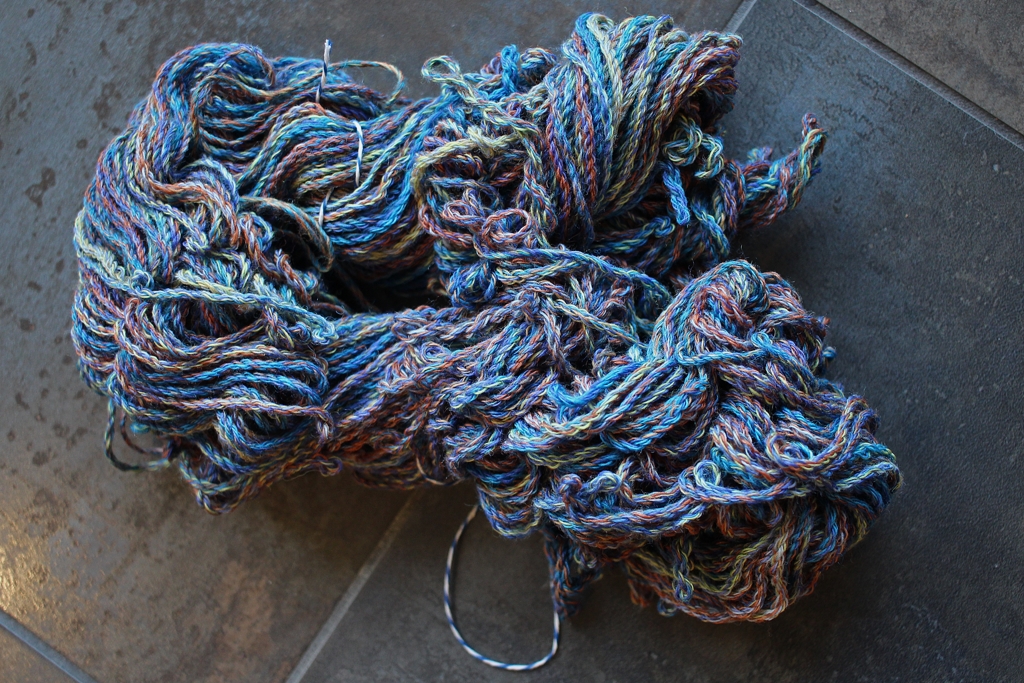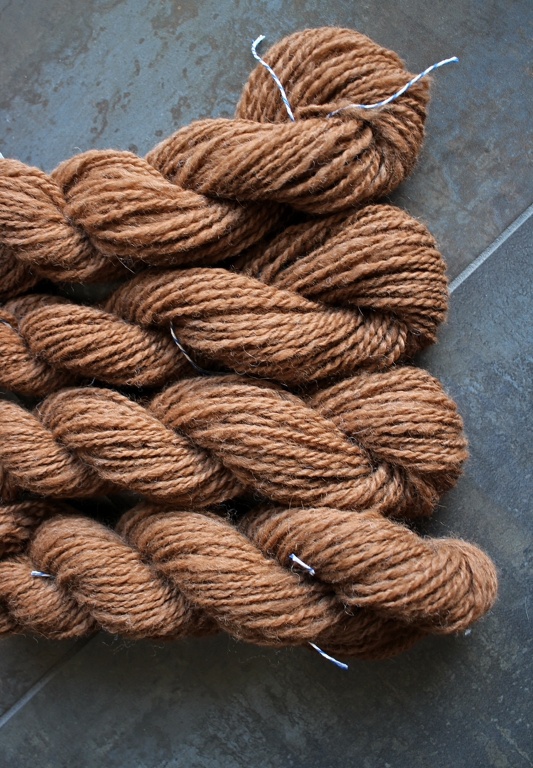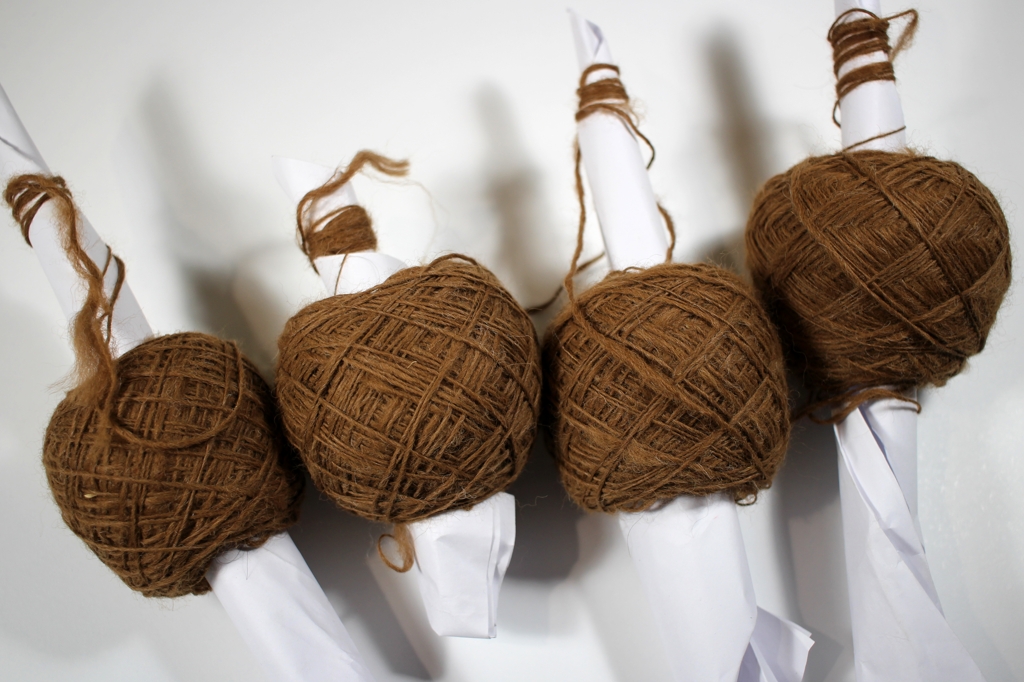Wooly Links: February 2022
/I finally sorted through my massive trove of saved links from the past year that I never got around to reading/watching. Some left me asking why I bothered saving them in the first place. Others I set aside to reference for different projects. Some were about knitting and spinning I thought were worth sharing. So here are 10 awesome links about knitting, spinning, fun projects, owning a yarn shop, and dinosaurs.
Is you handspun yarn hard and scratchy? Jacey Boggs has a few ideas to spin softer yarn.
While playing catch-up on with all my podcasts and vlogs, I really enjoyed this interview on The Long Thread podcast with Maggie Casey & Judy Steinkoenig.
Huh. Here’s a tutorial mash up of the Long-Tail and German Twisted Cast-ons to make a stretchy edge for 2x2 rib.
A neat roundup of recent textile discoveries from around the world.
Great tips and questions to help you get started with your own yearly temperature blanket. The tutorial is focused on crochet, but would still work really well with knitting.
Toe-up or cuff-down, it is always helpful to know the anatomy of a sock. This post from Lattes & Llamas is clear, detailed, and has plenty of sock photos.
Seeing other people make fun, wild stuff with yarn is always great. Like this Yarniversal Championship Belt from Hands Occupied.
The Simply Scrappy Cowl seems like a good fit for those leftover bits and bobs of special yarns.
I love the everything about the color work Huddling Penguins hat pattern. (Ravelry Link)
12 Yarn Ball Types and how to work from them.
And now for something different…
How to ride a Pterosaur, according to science
A zine library hidden in plain sight in a library book

